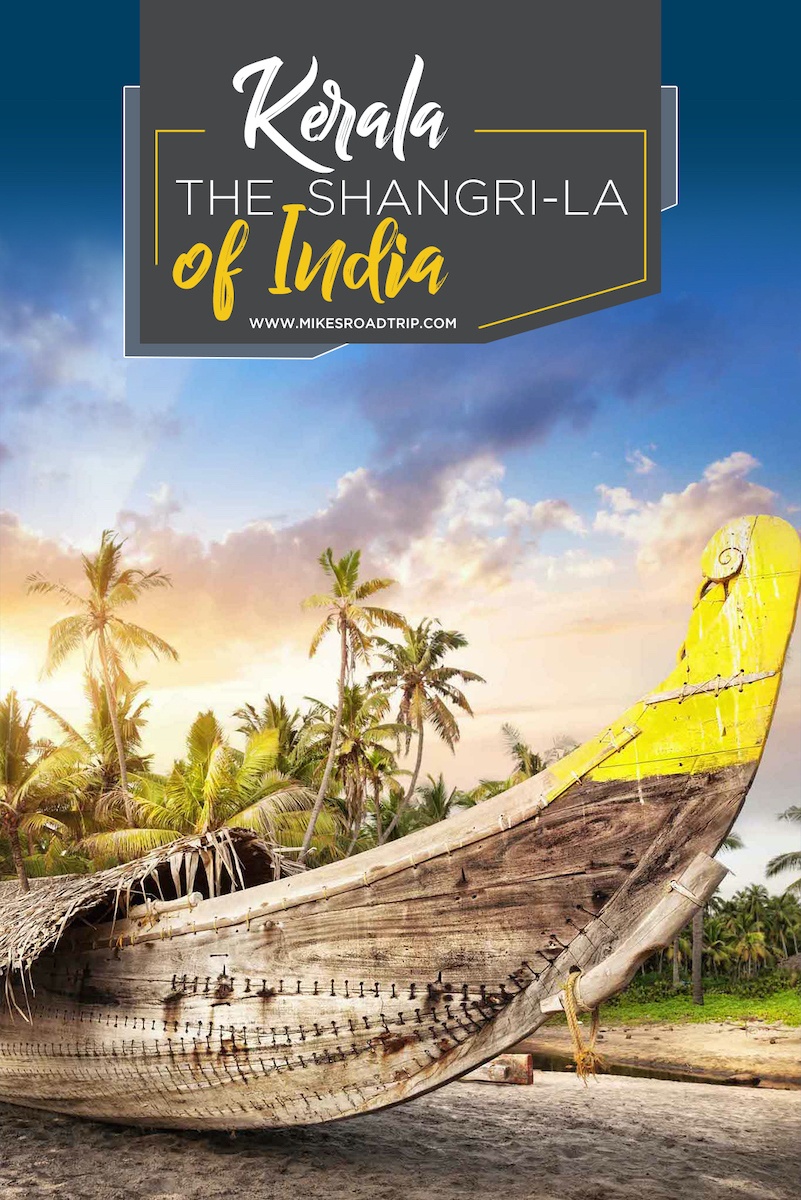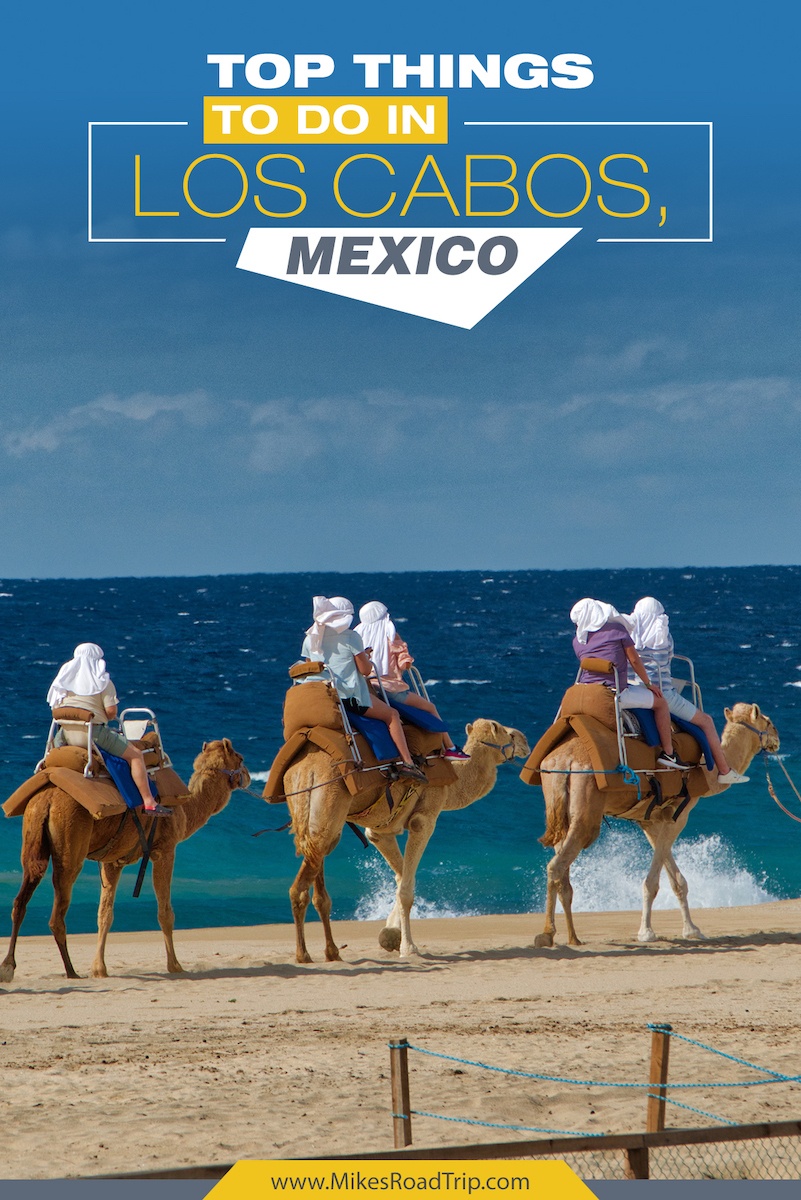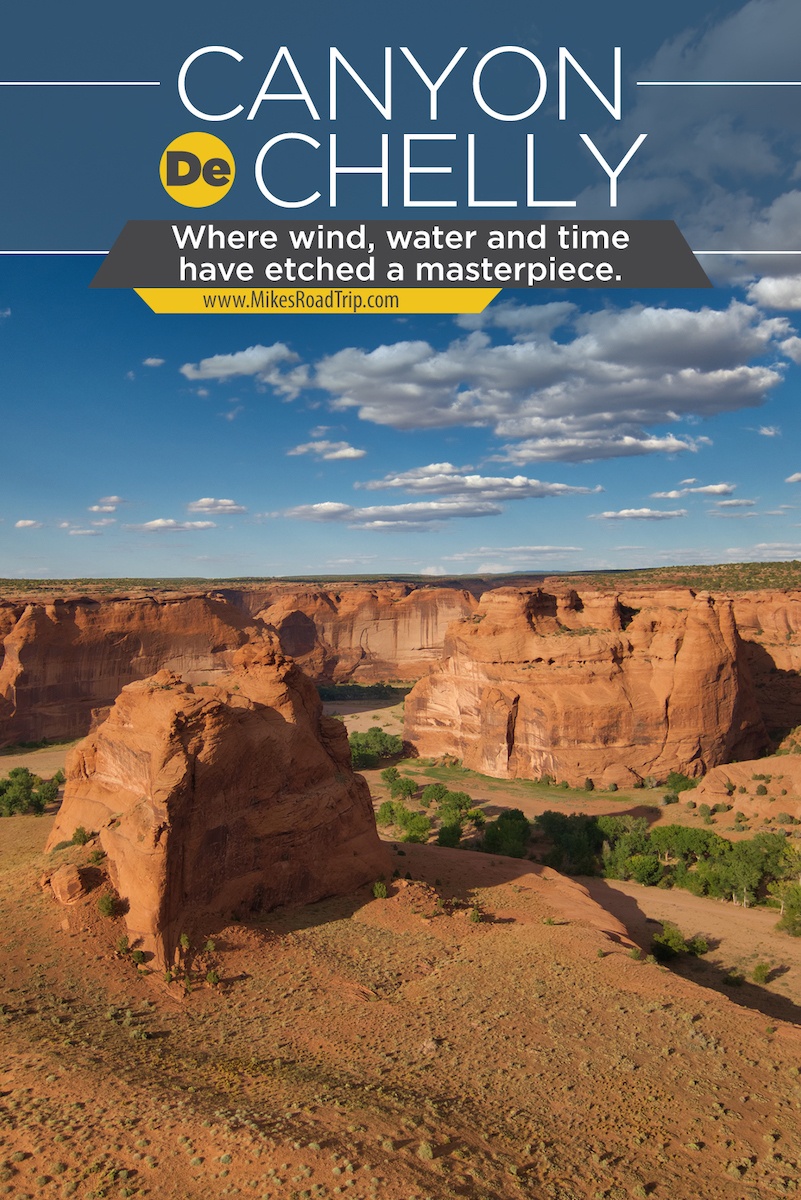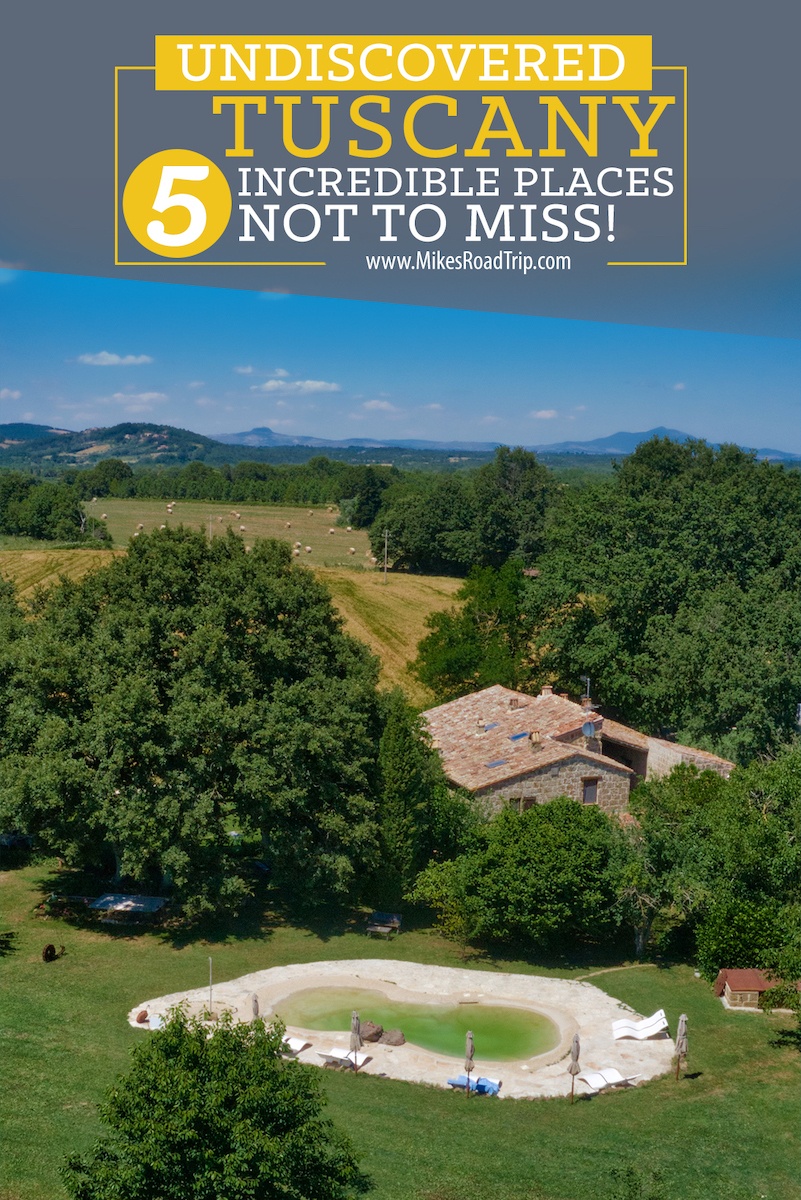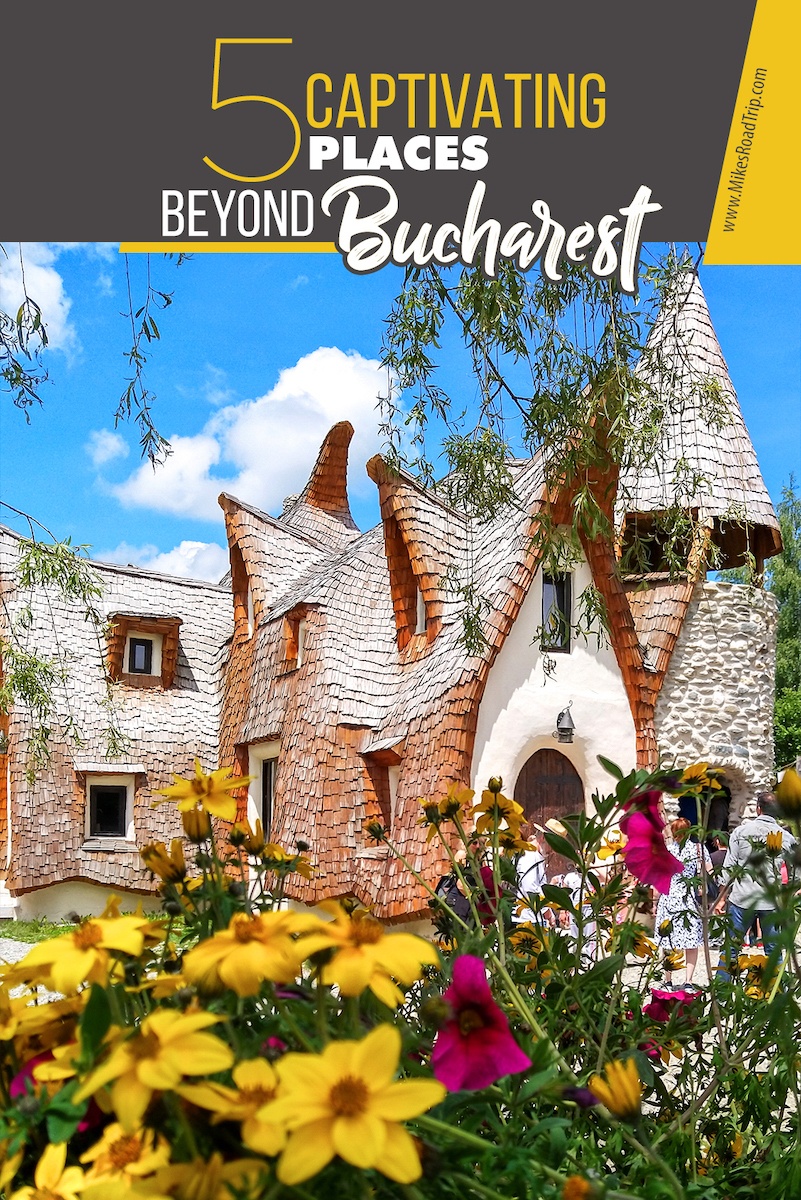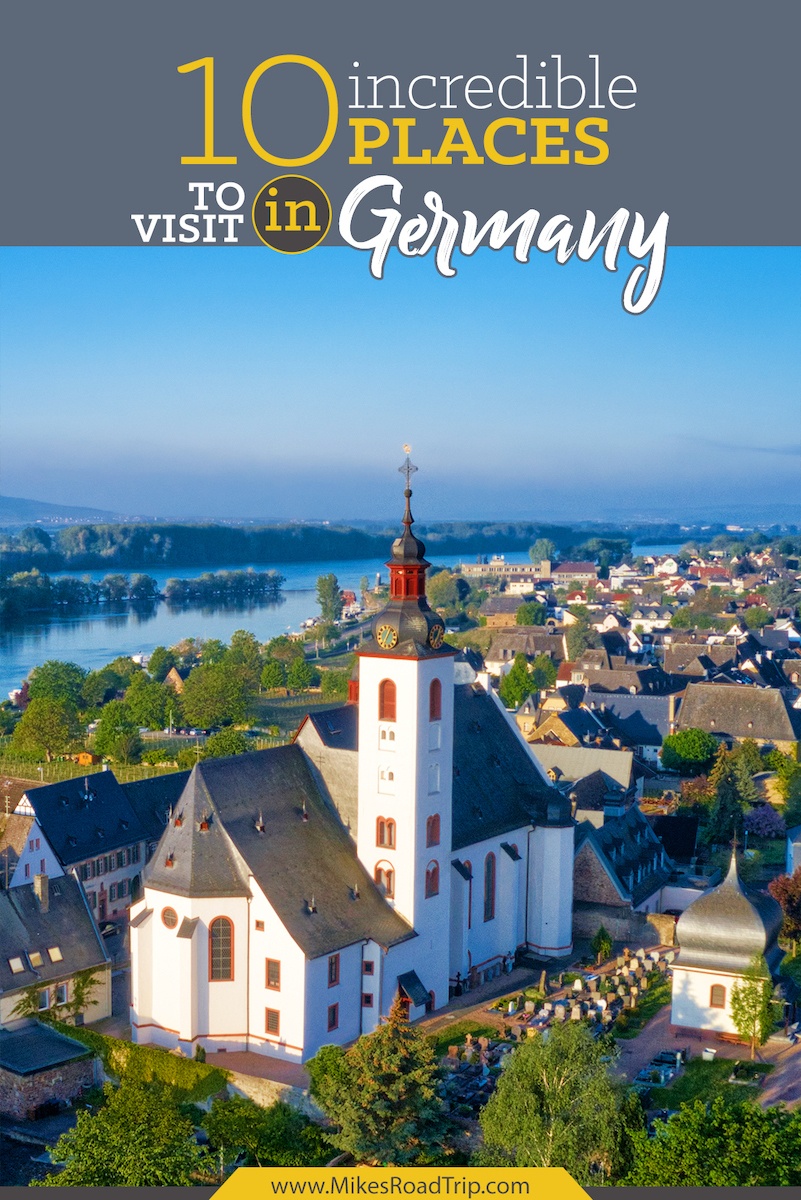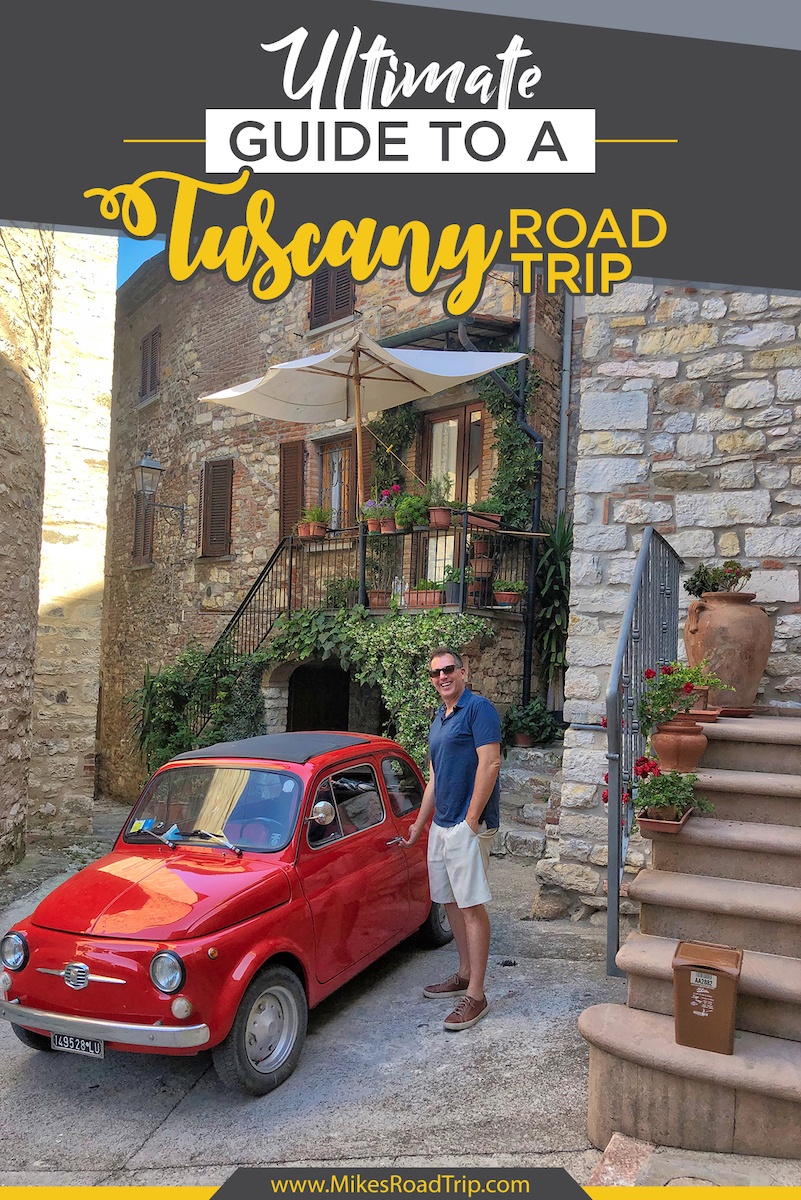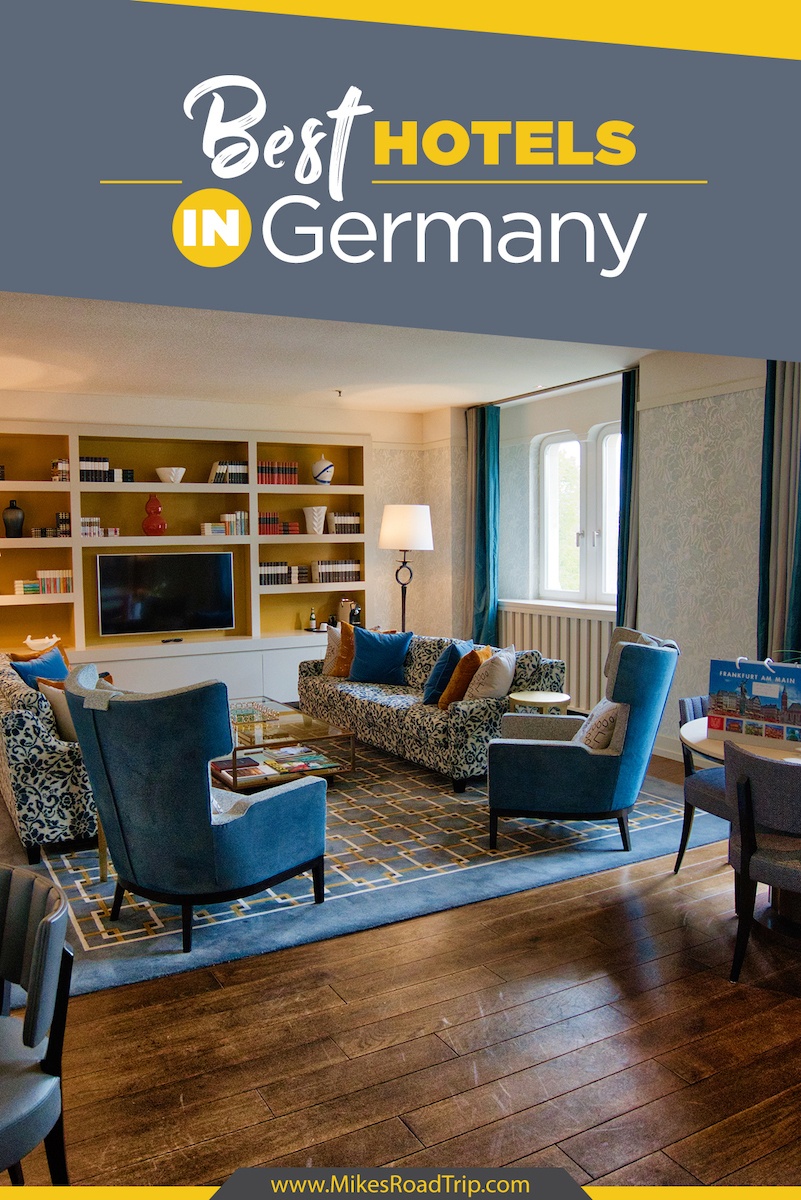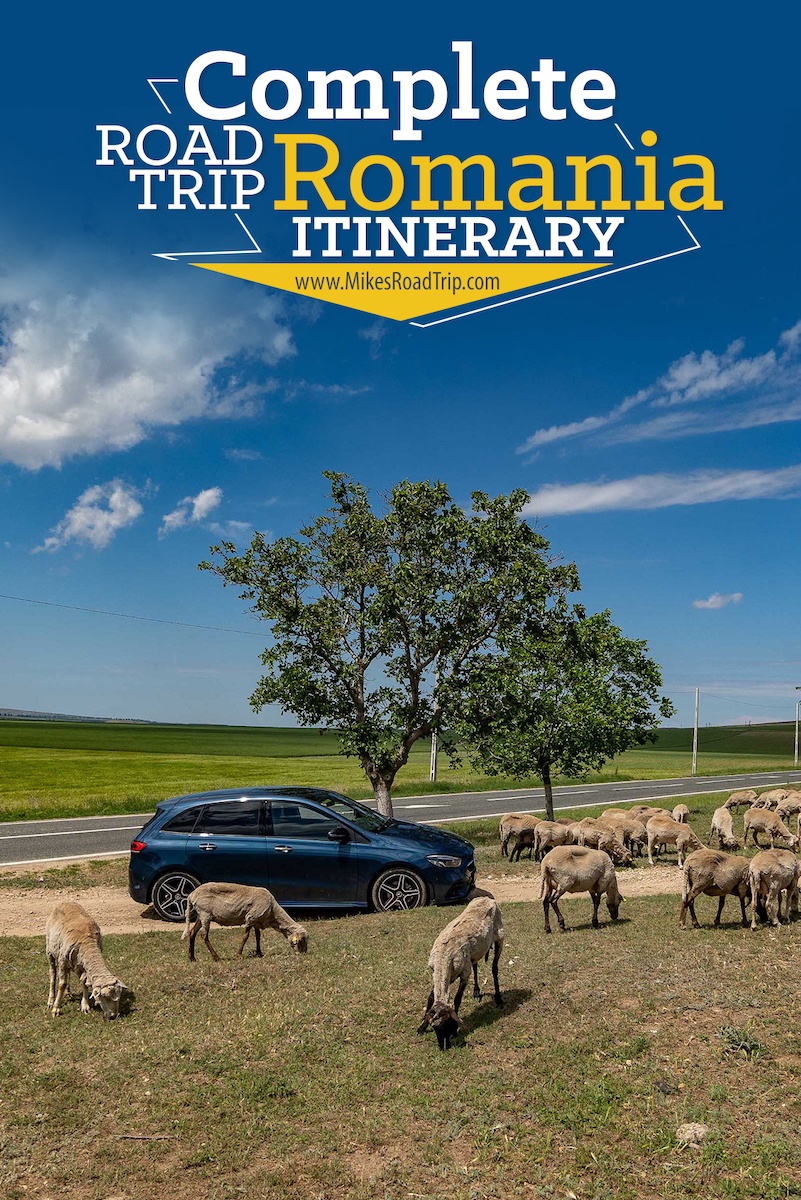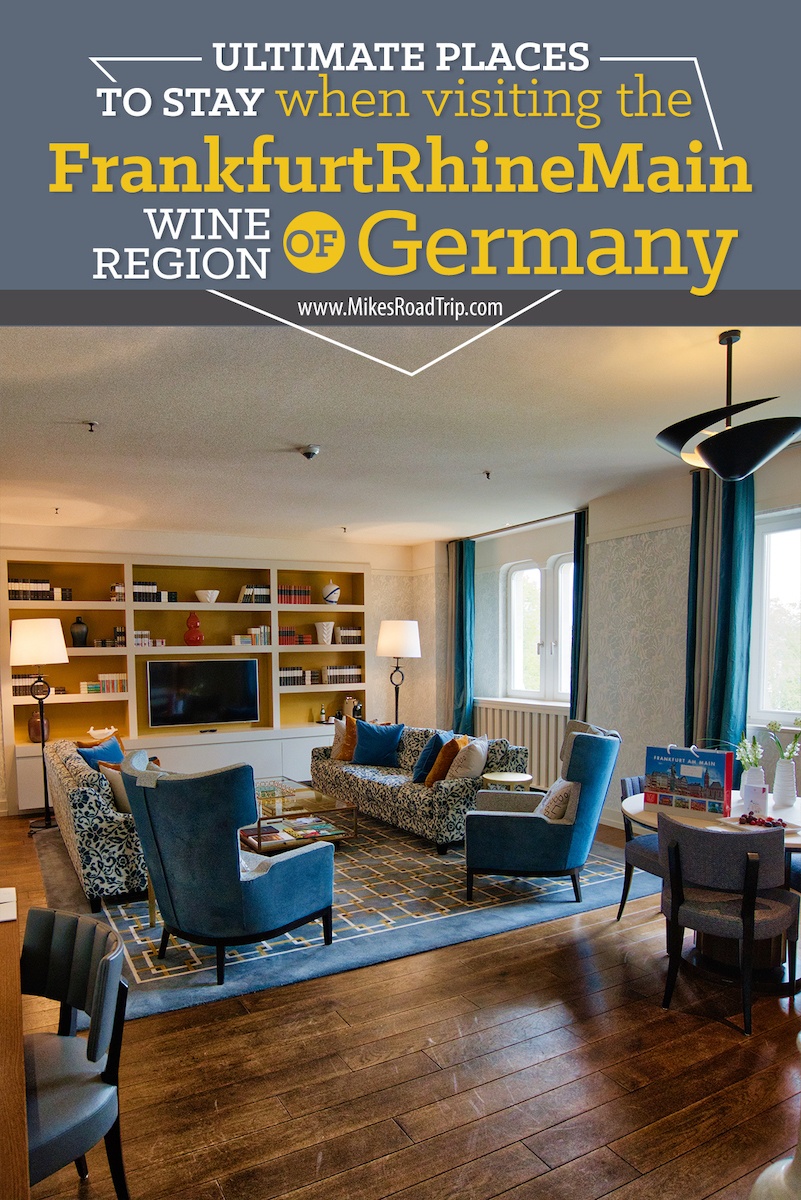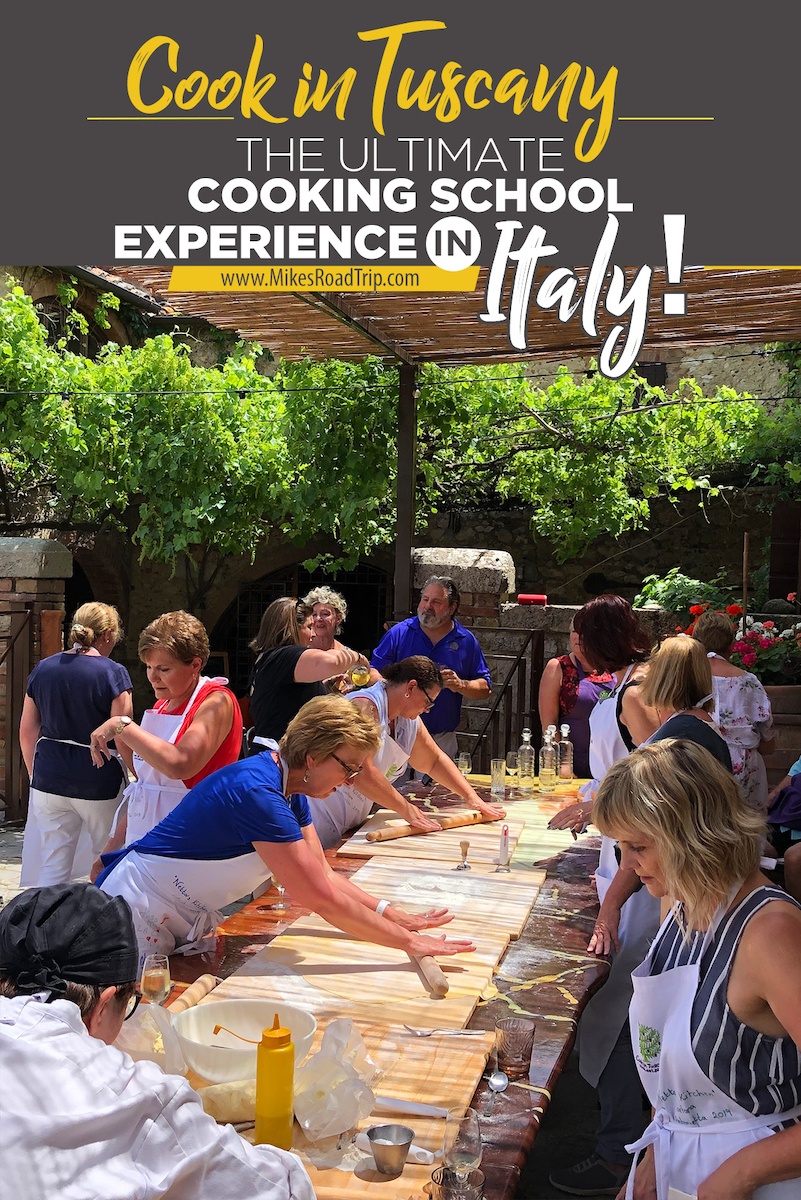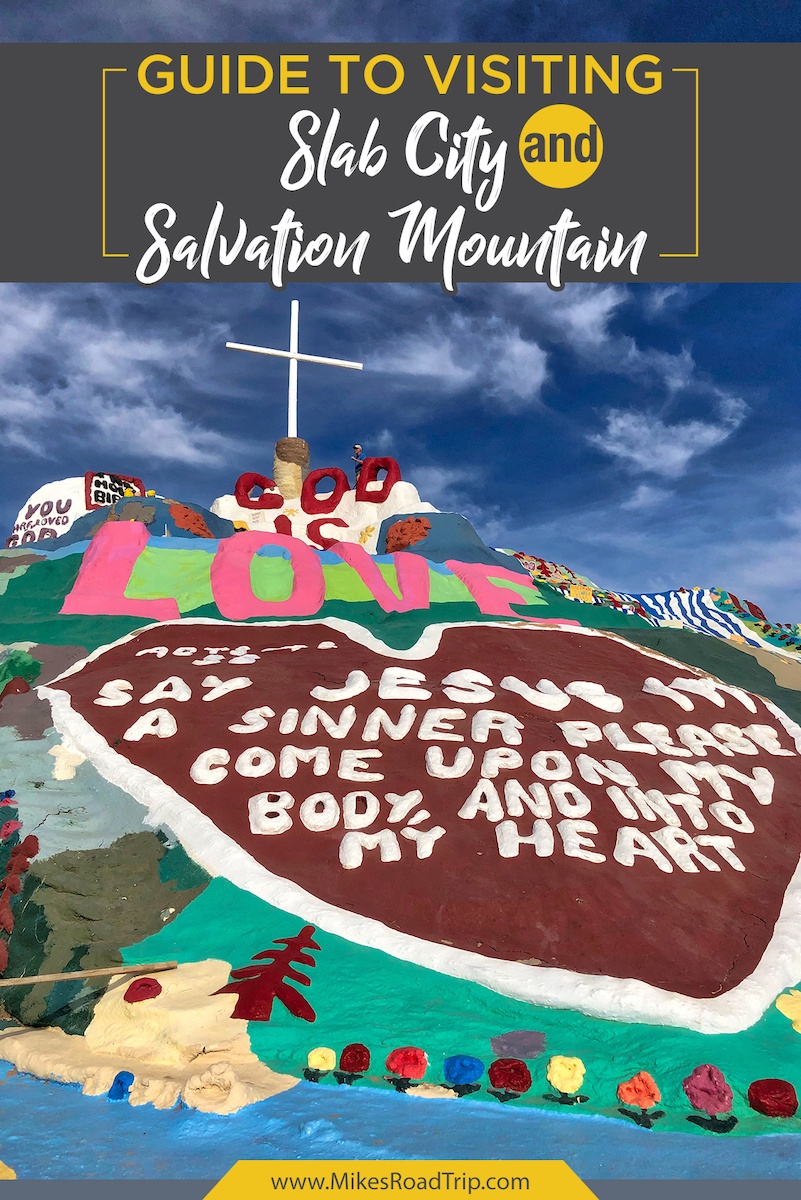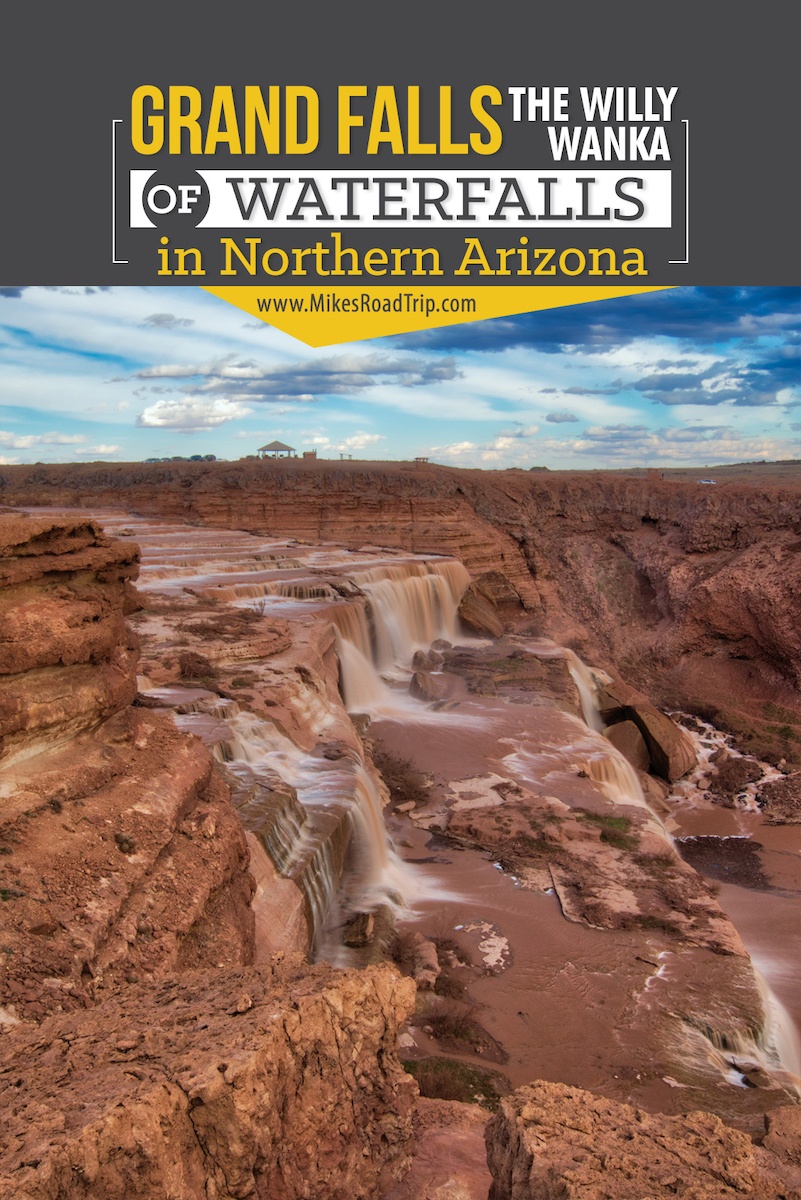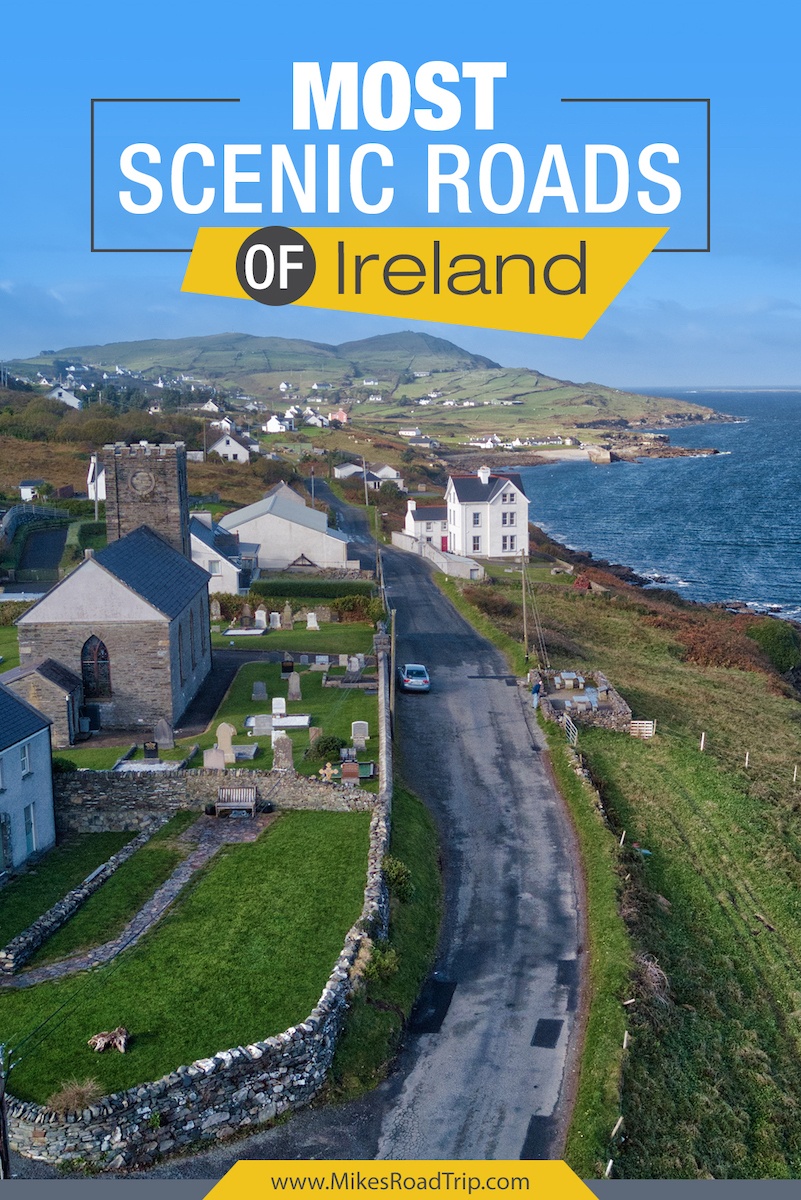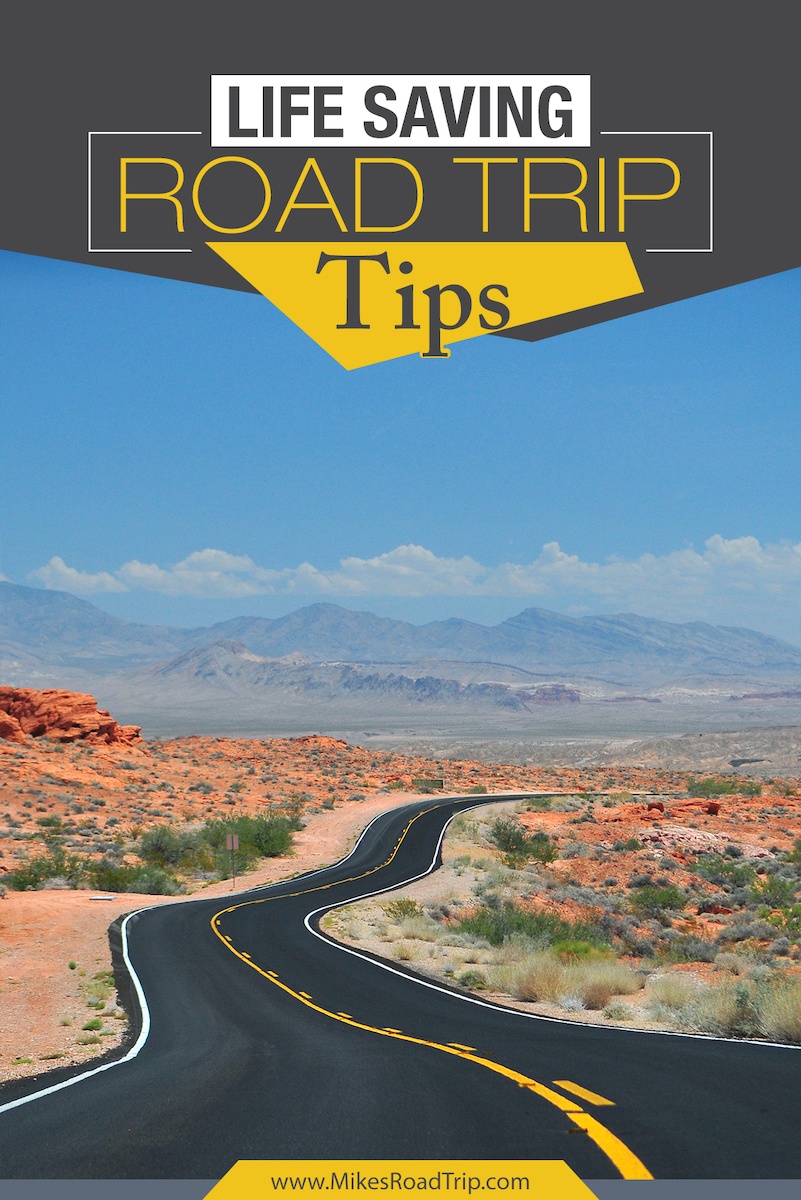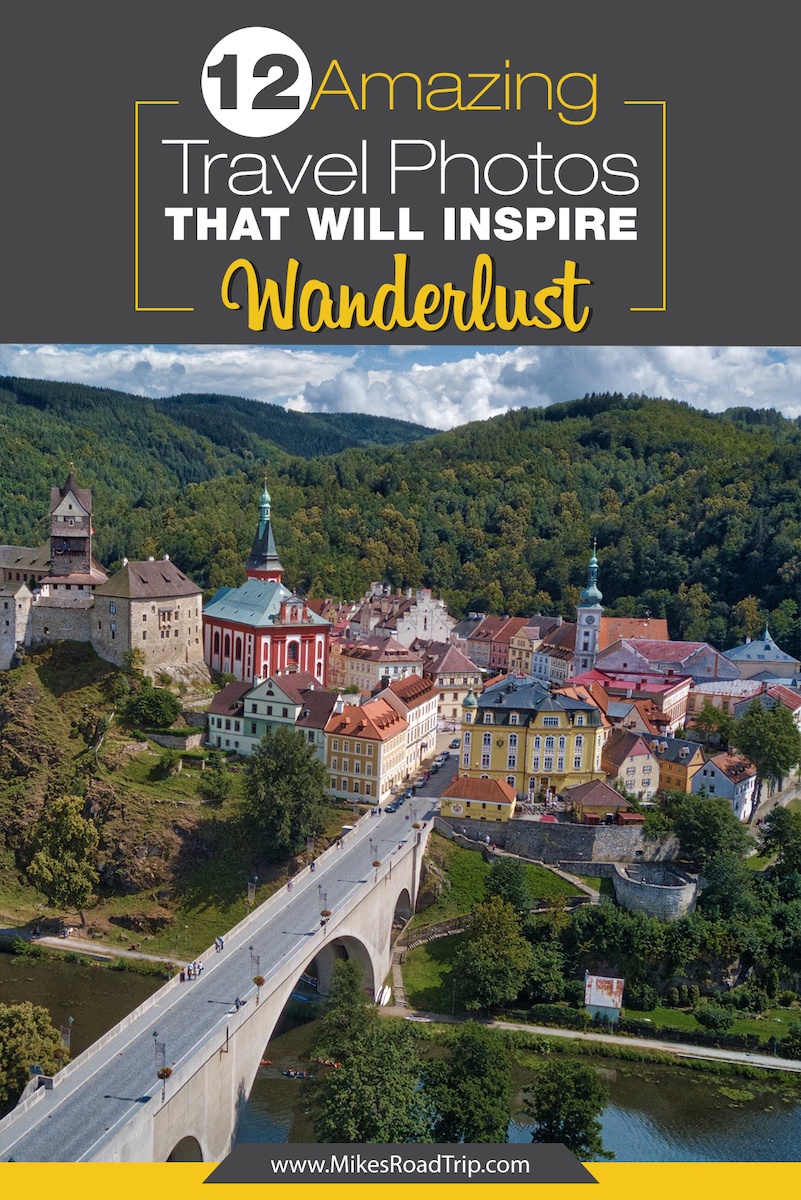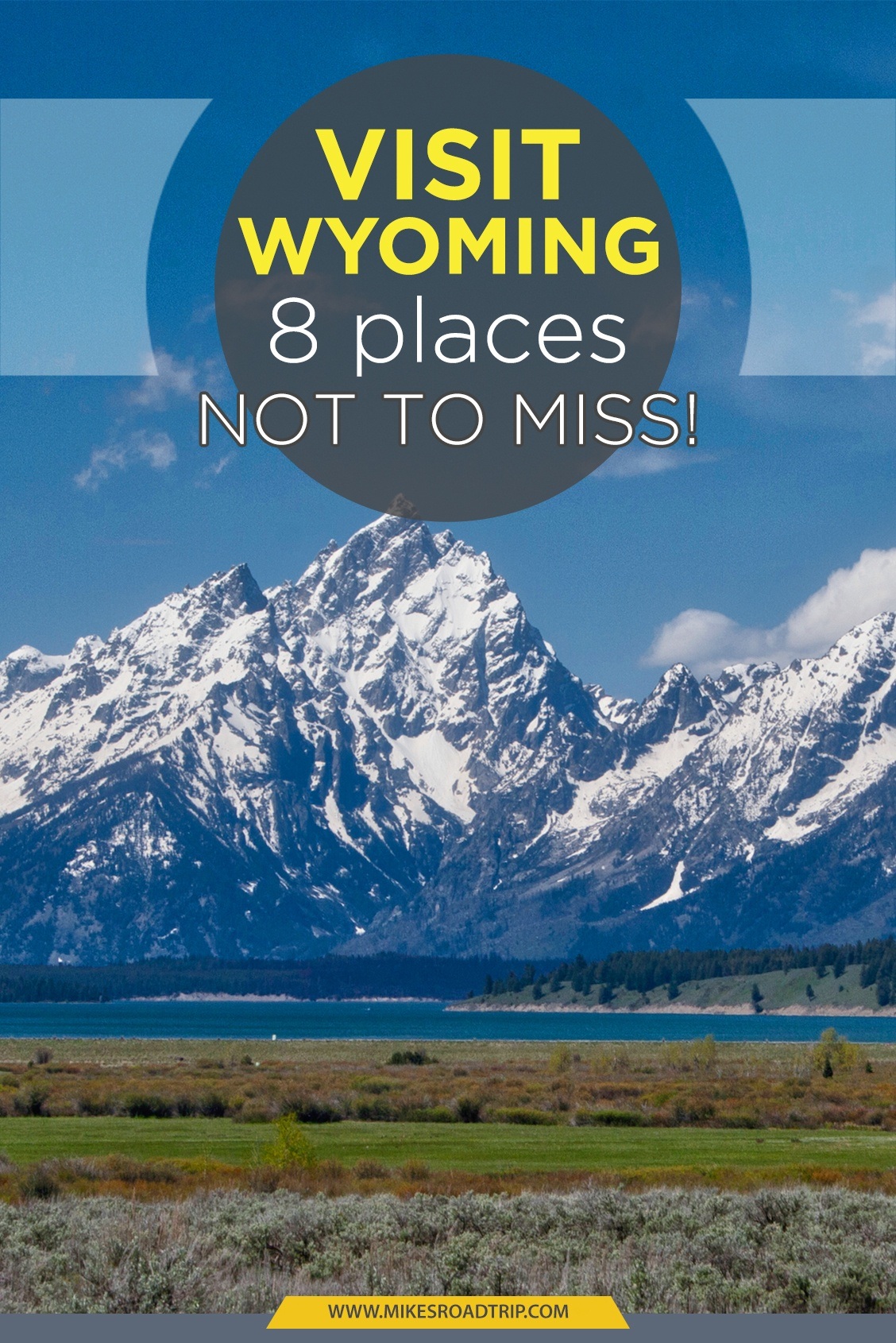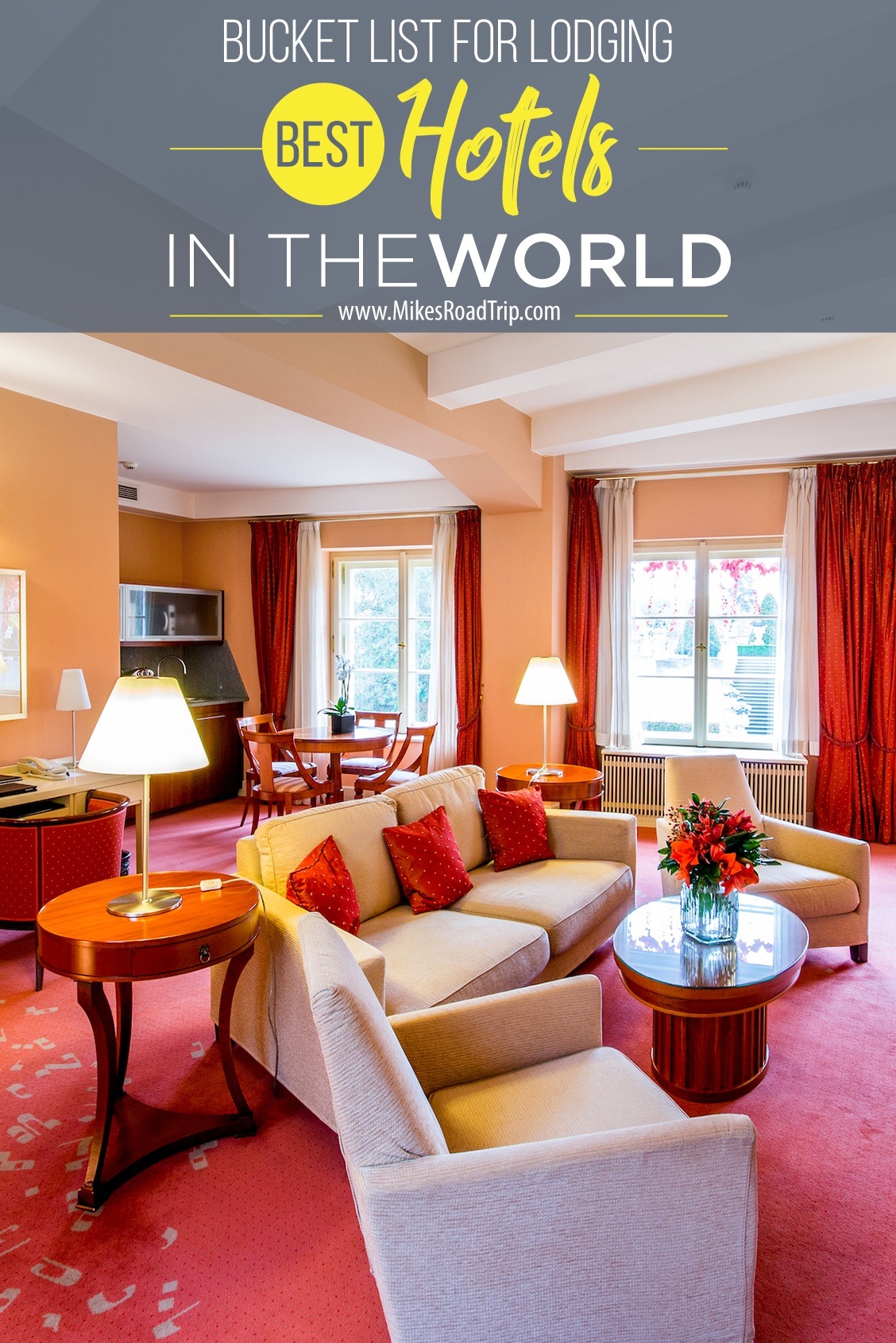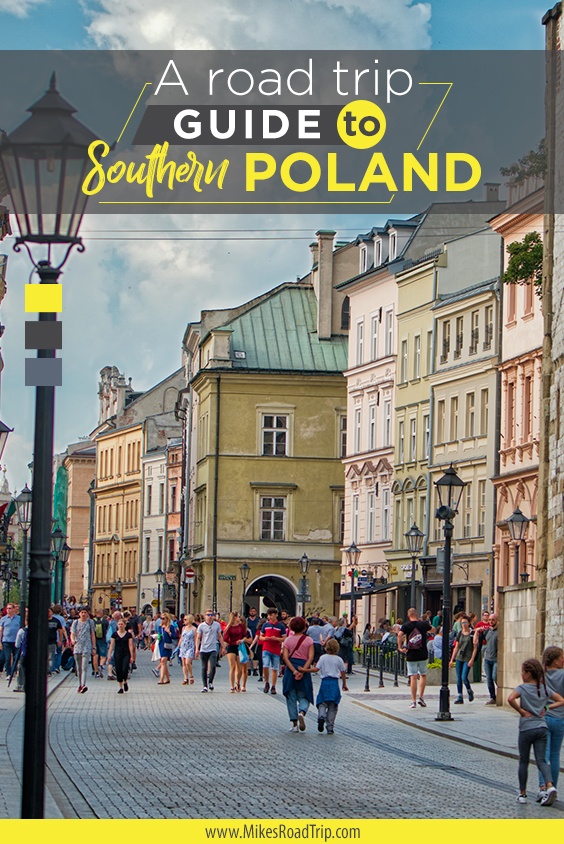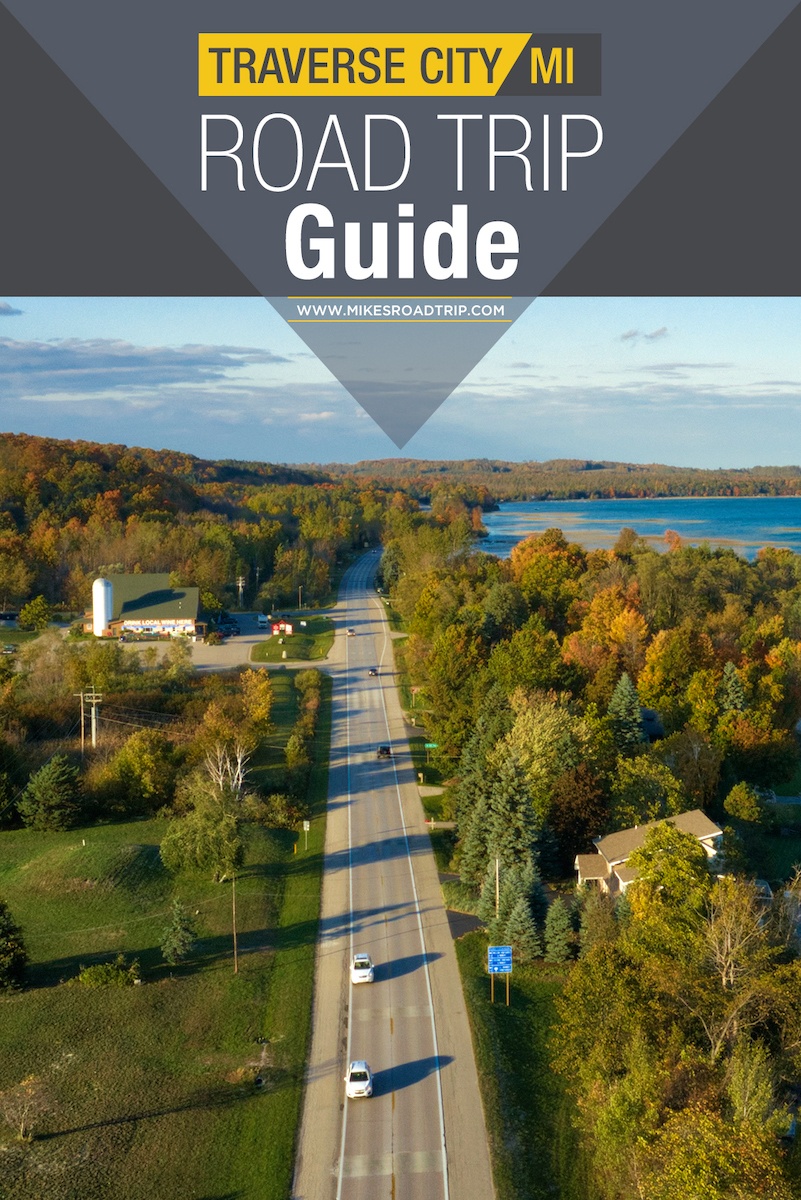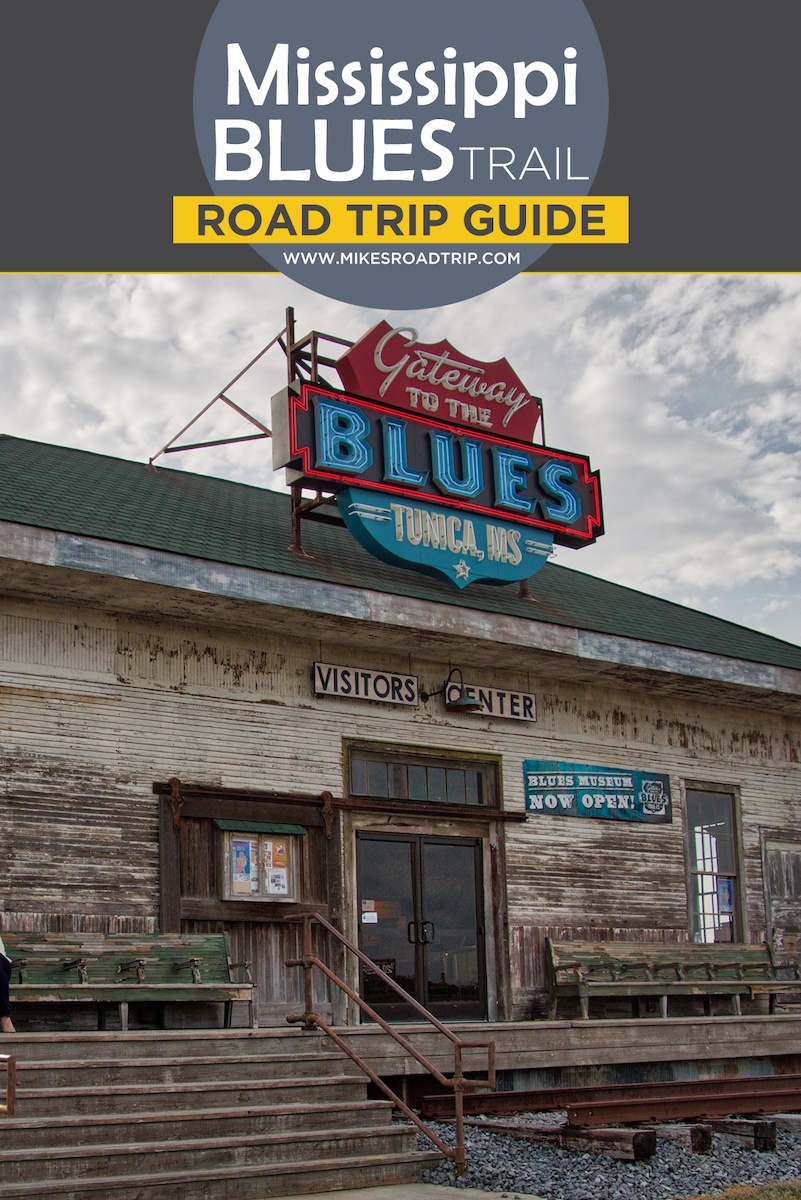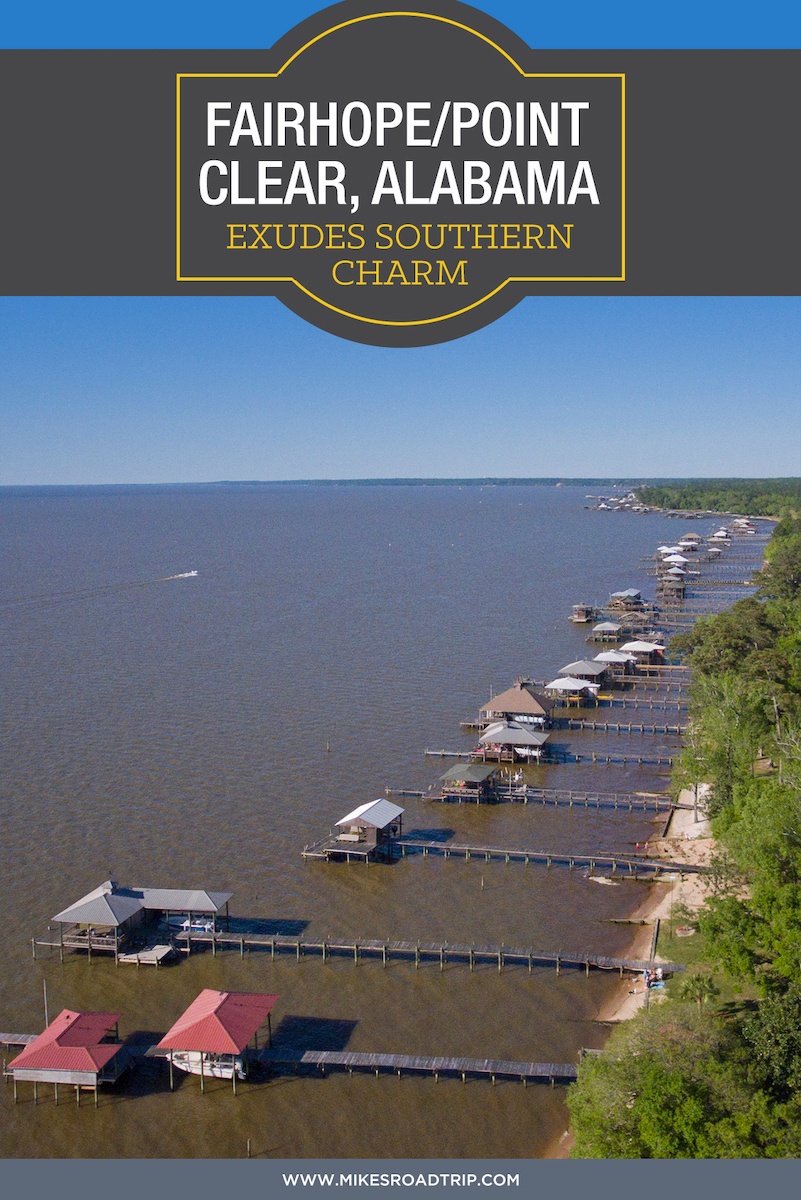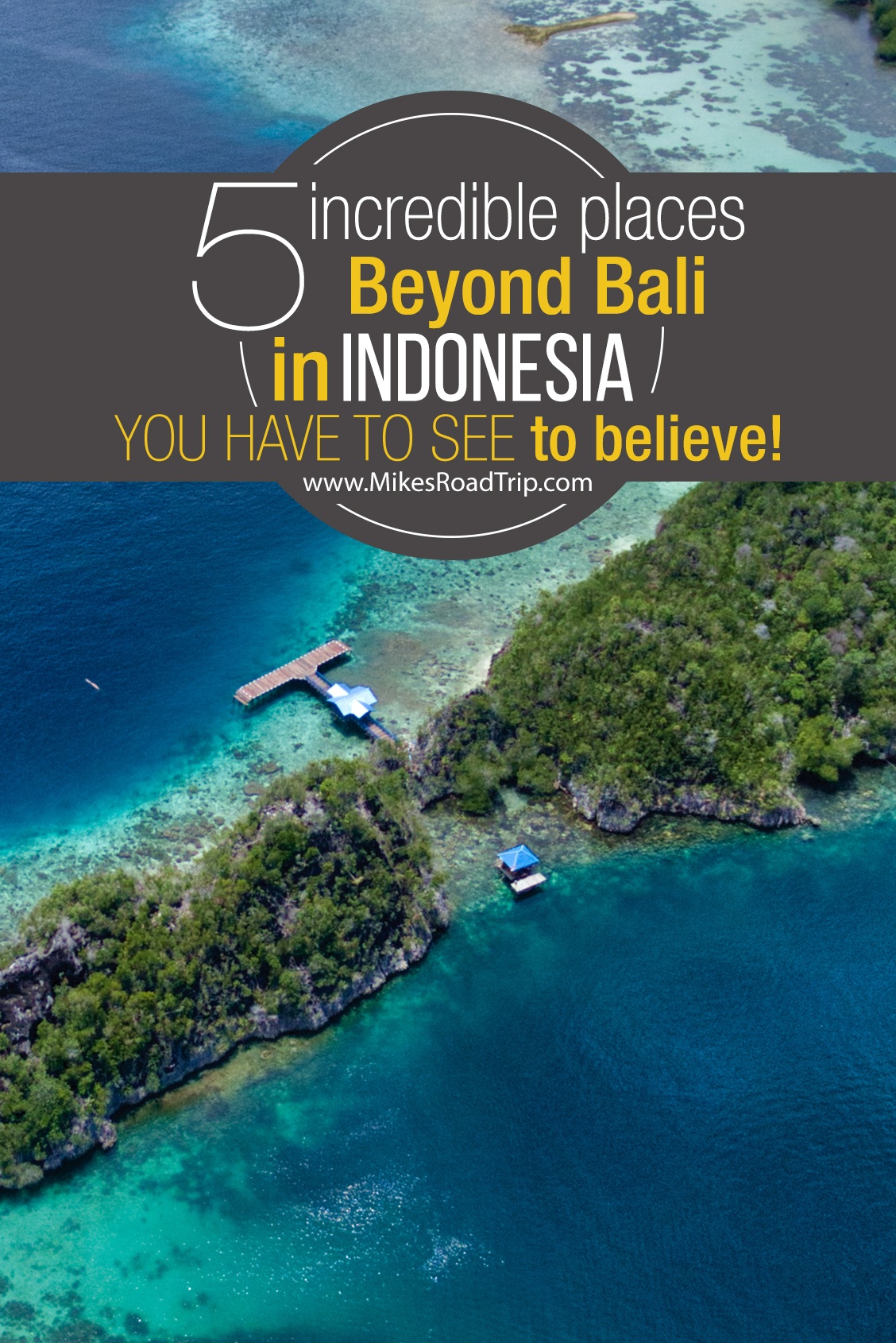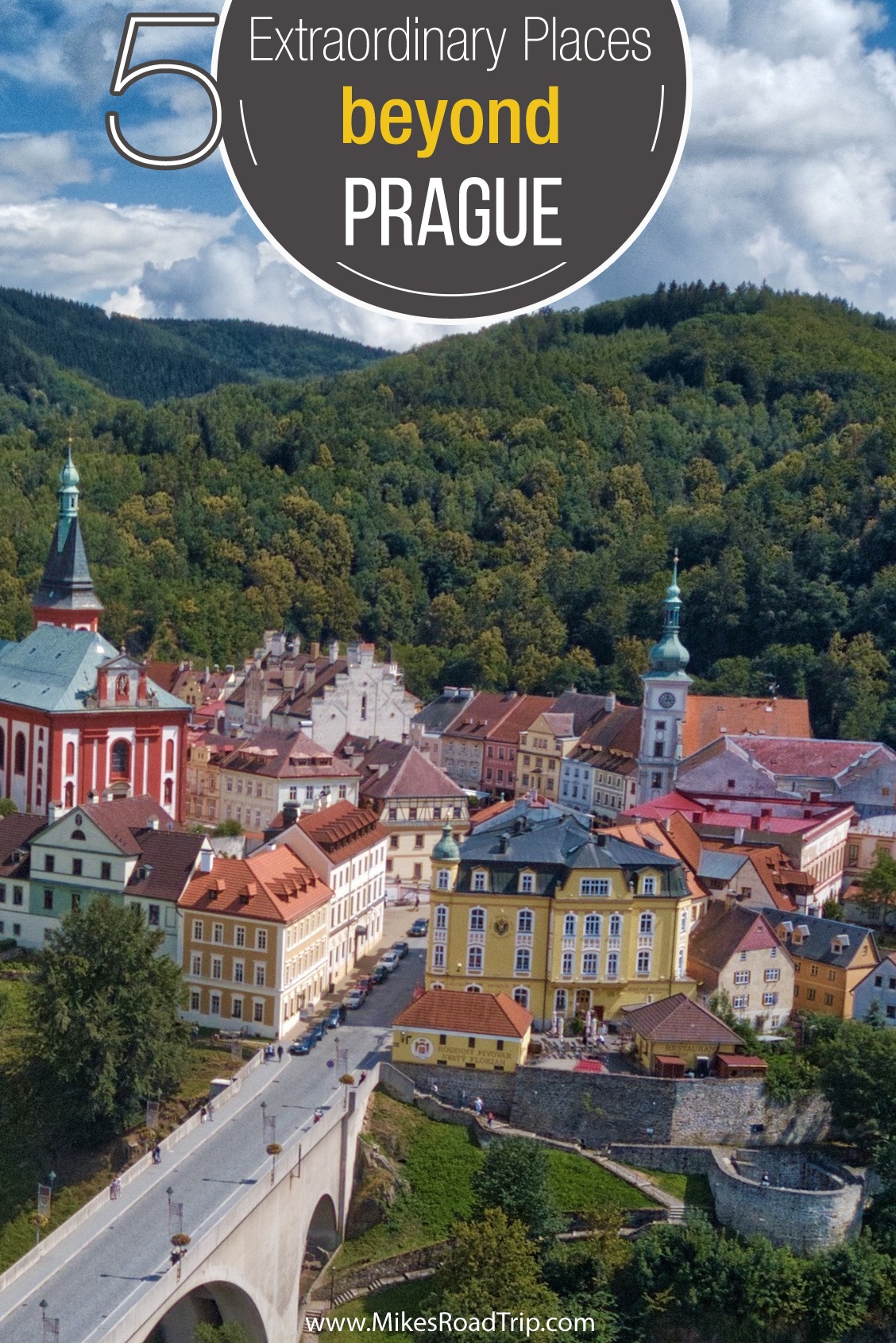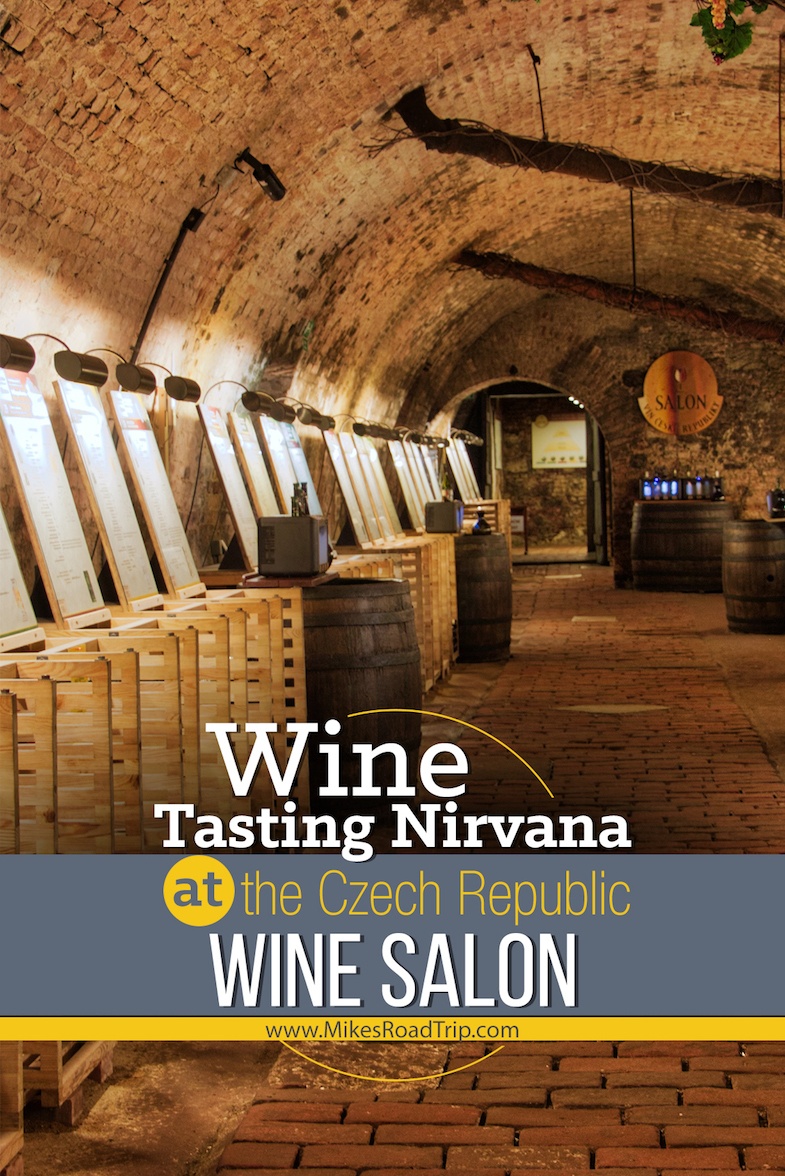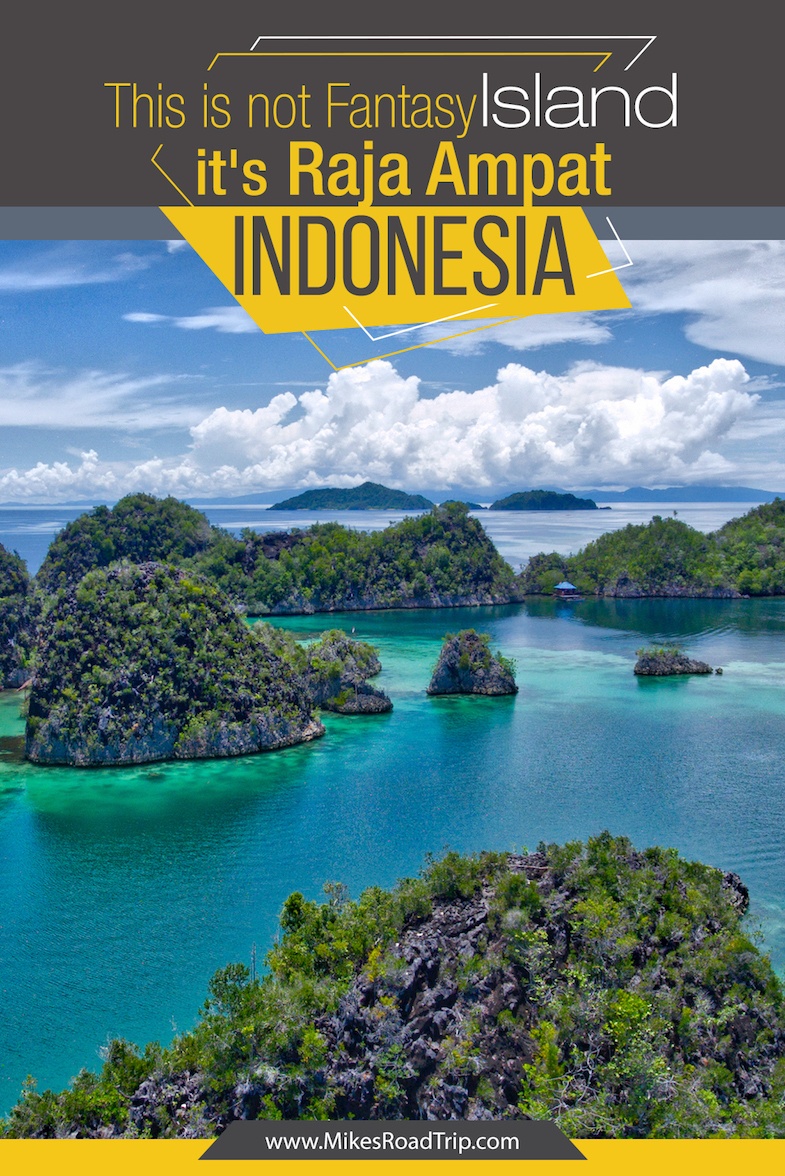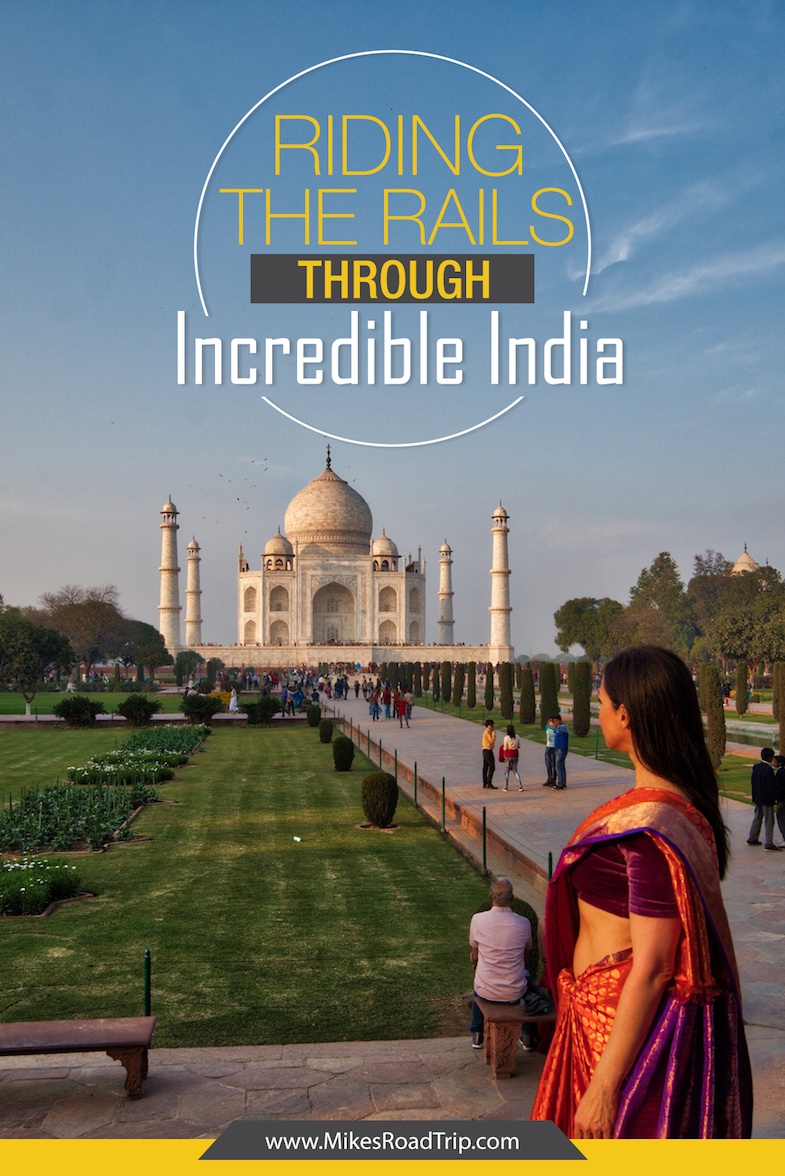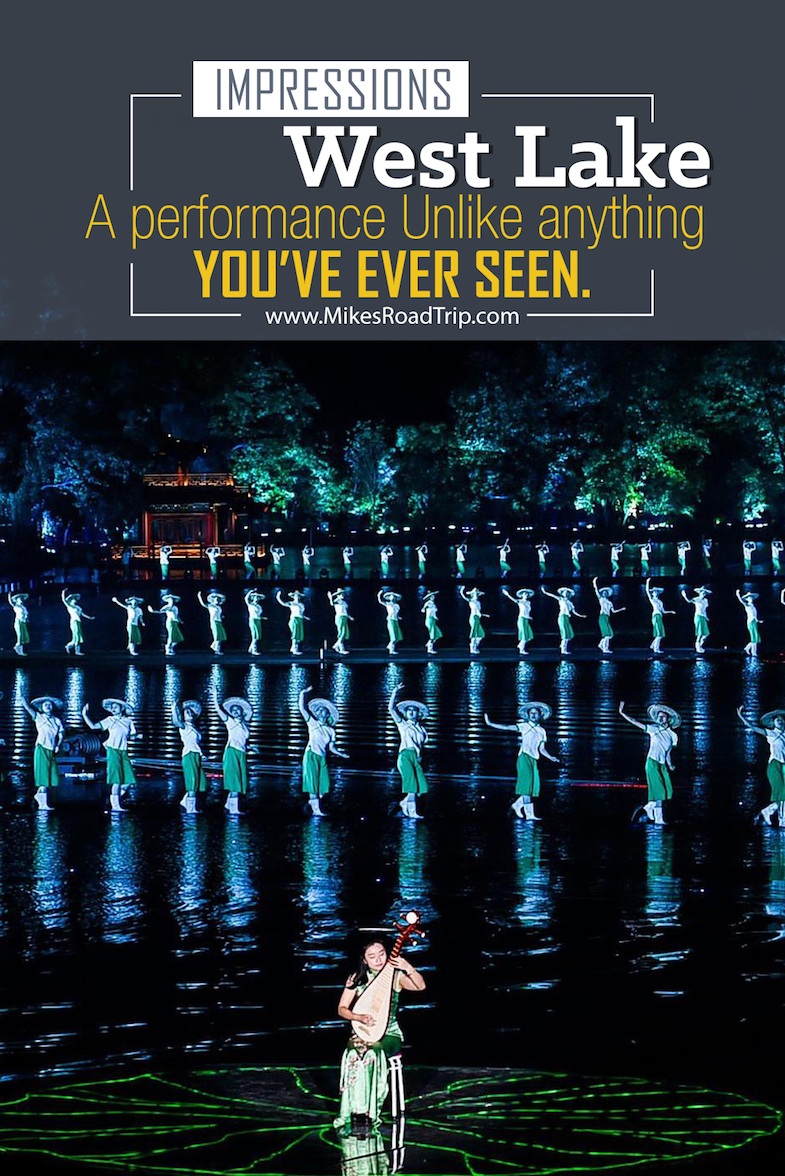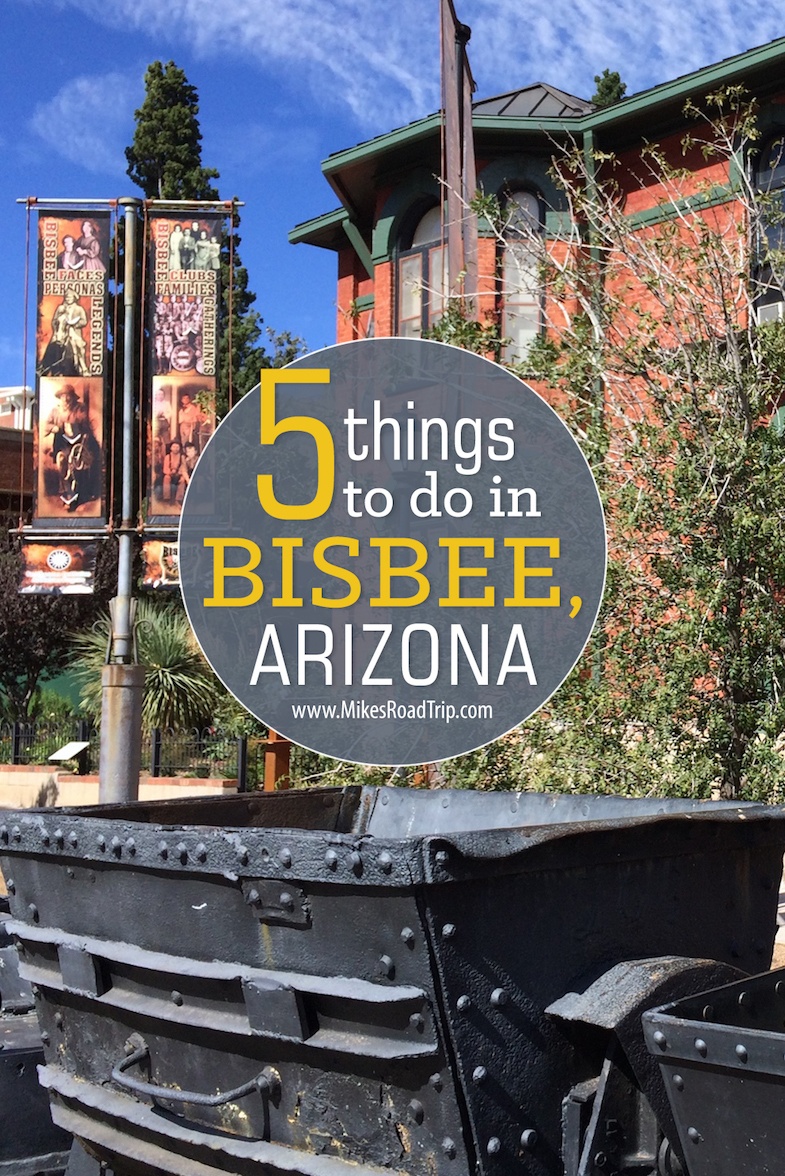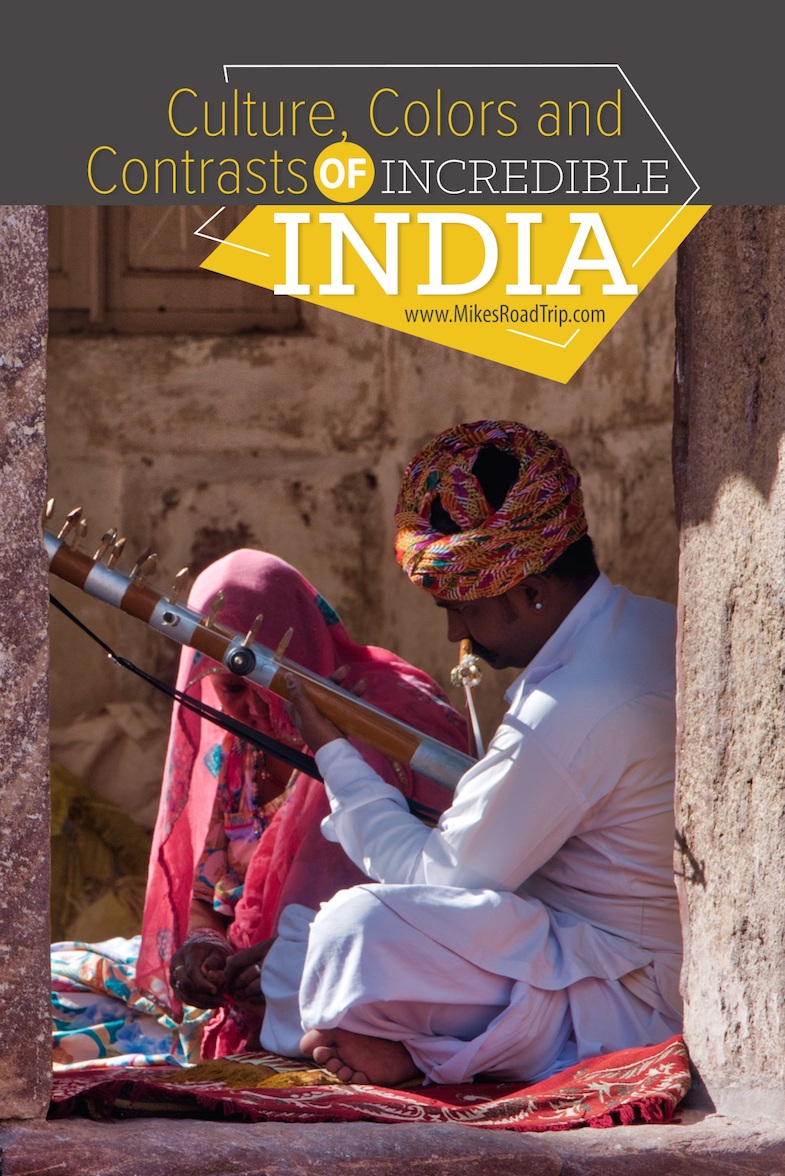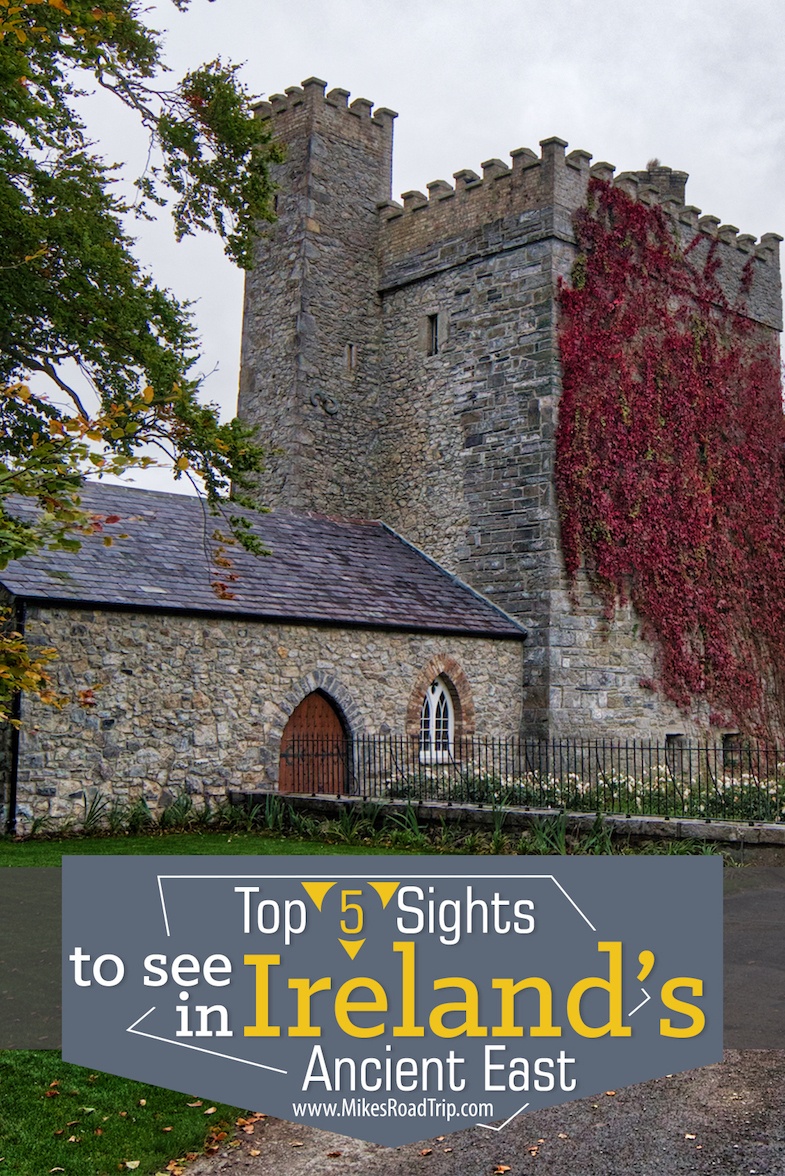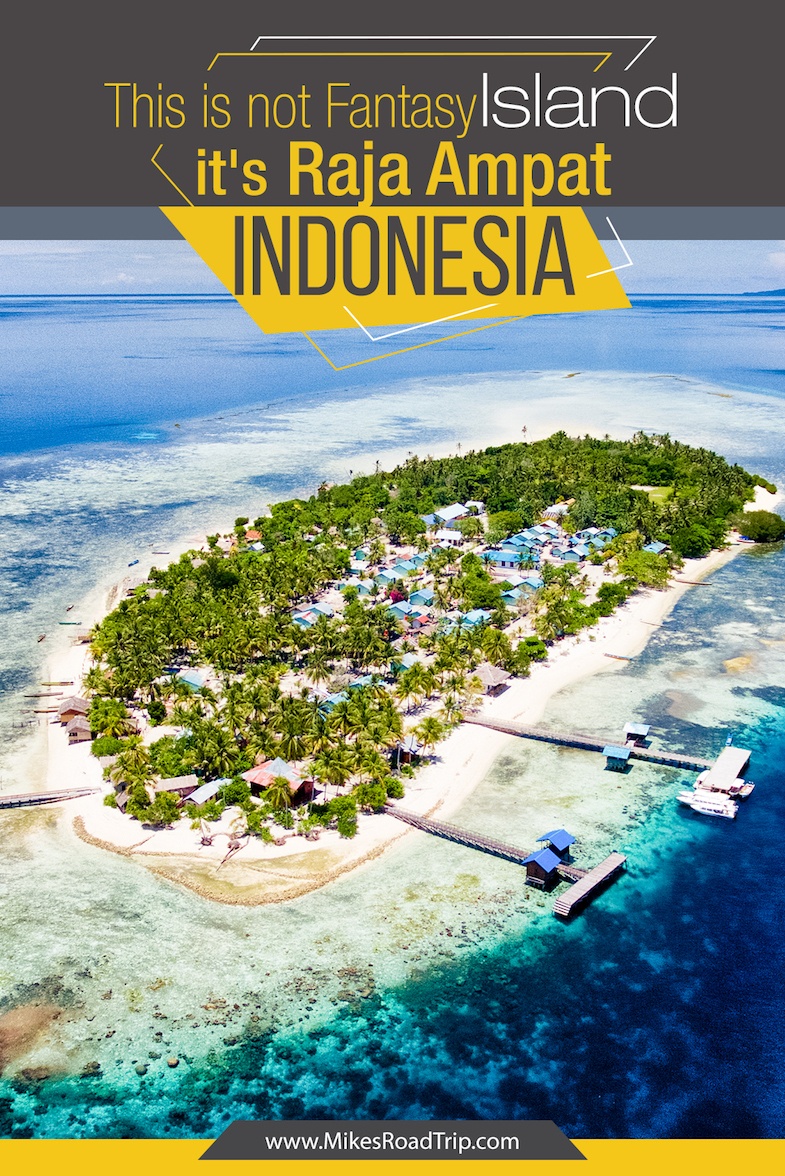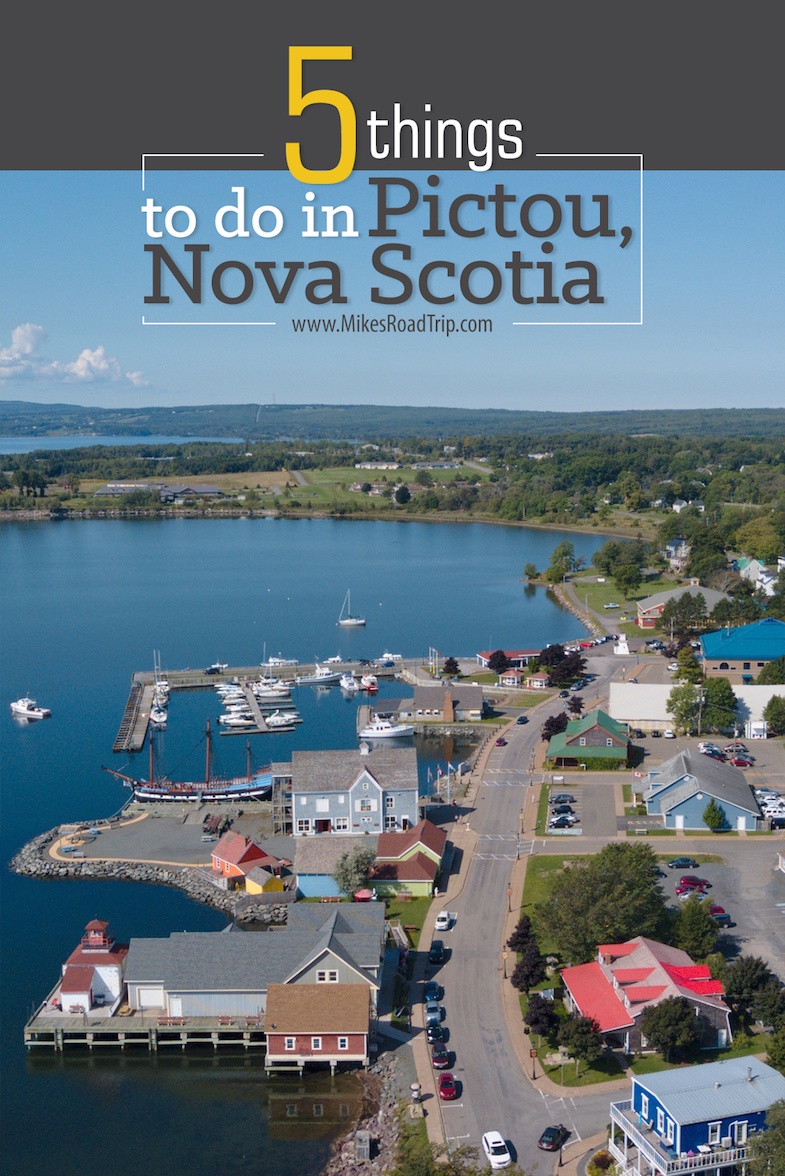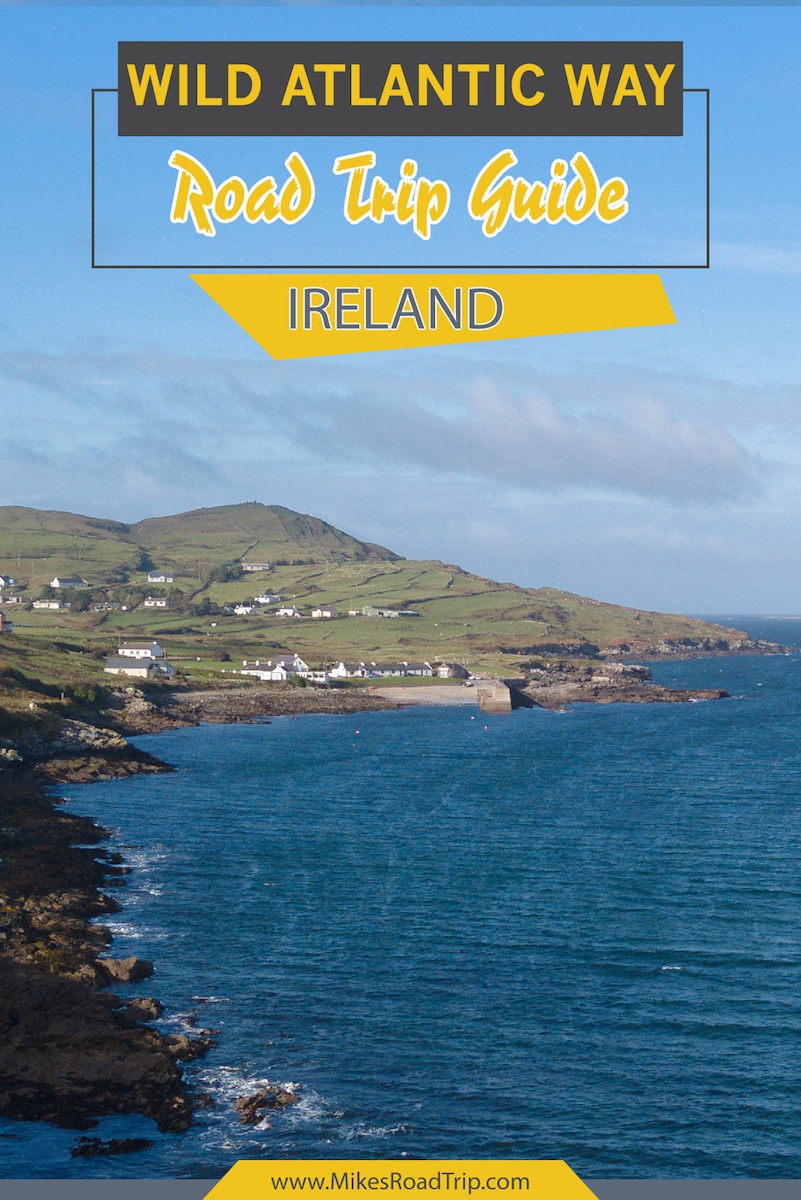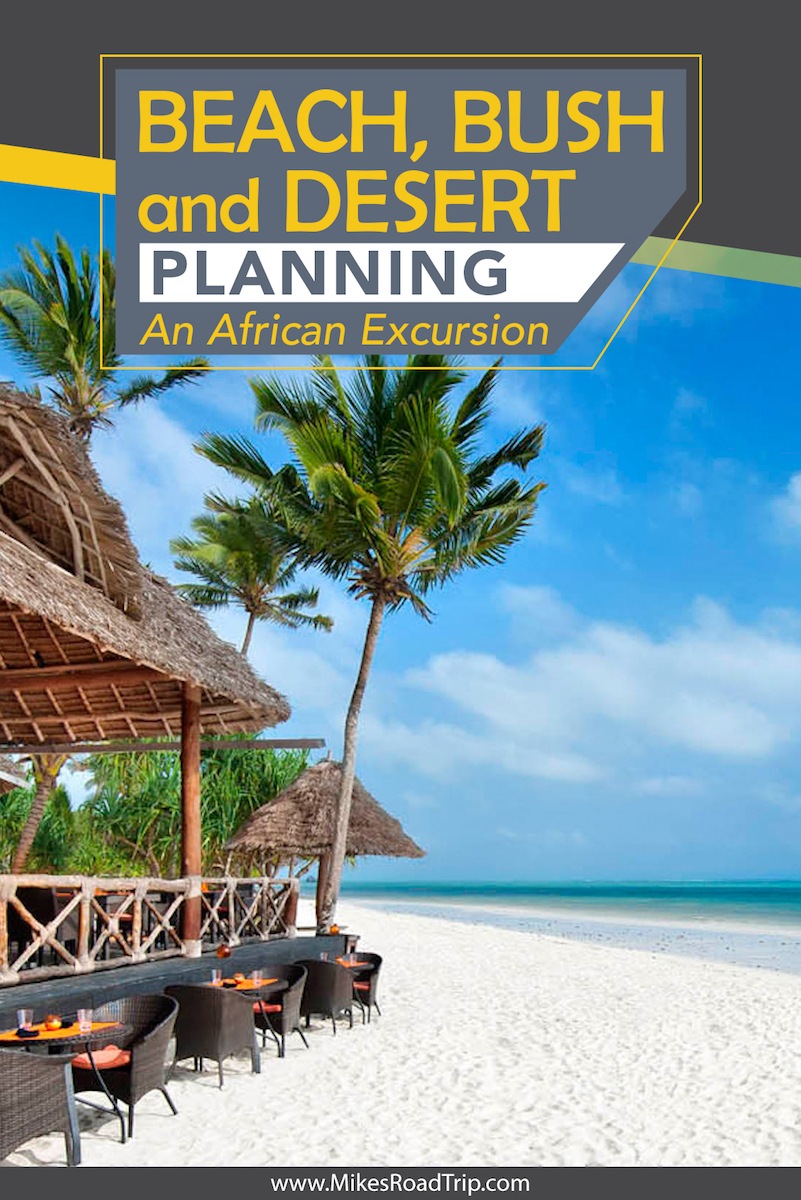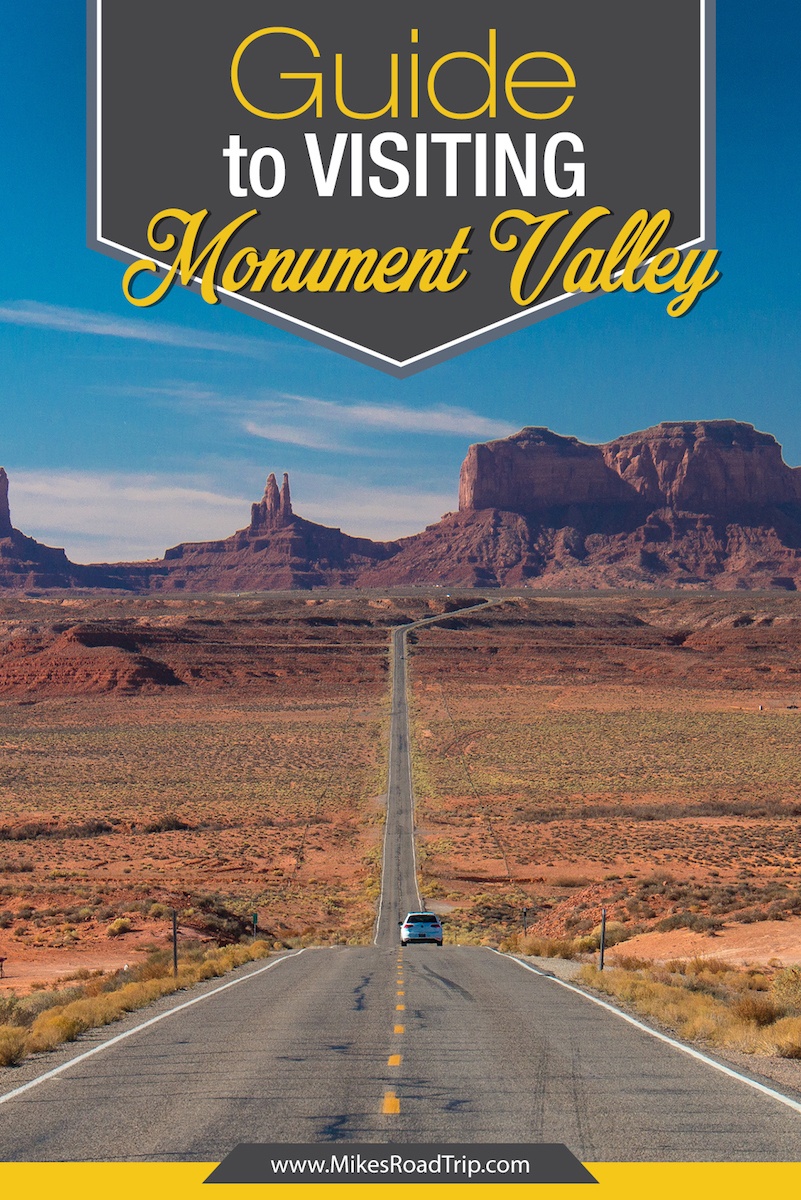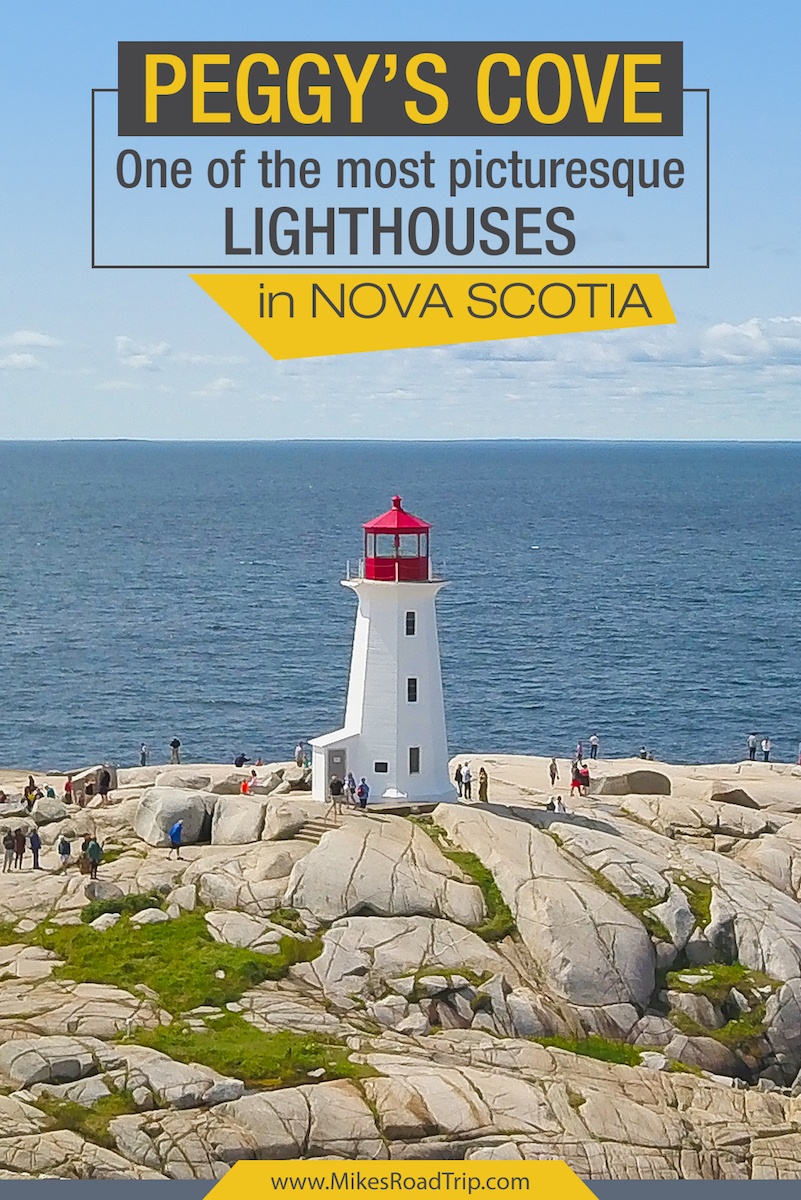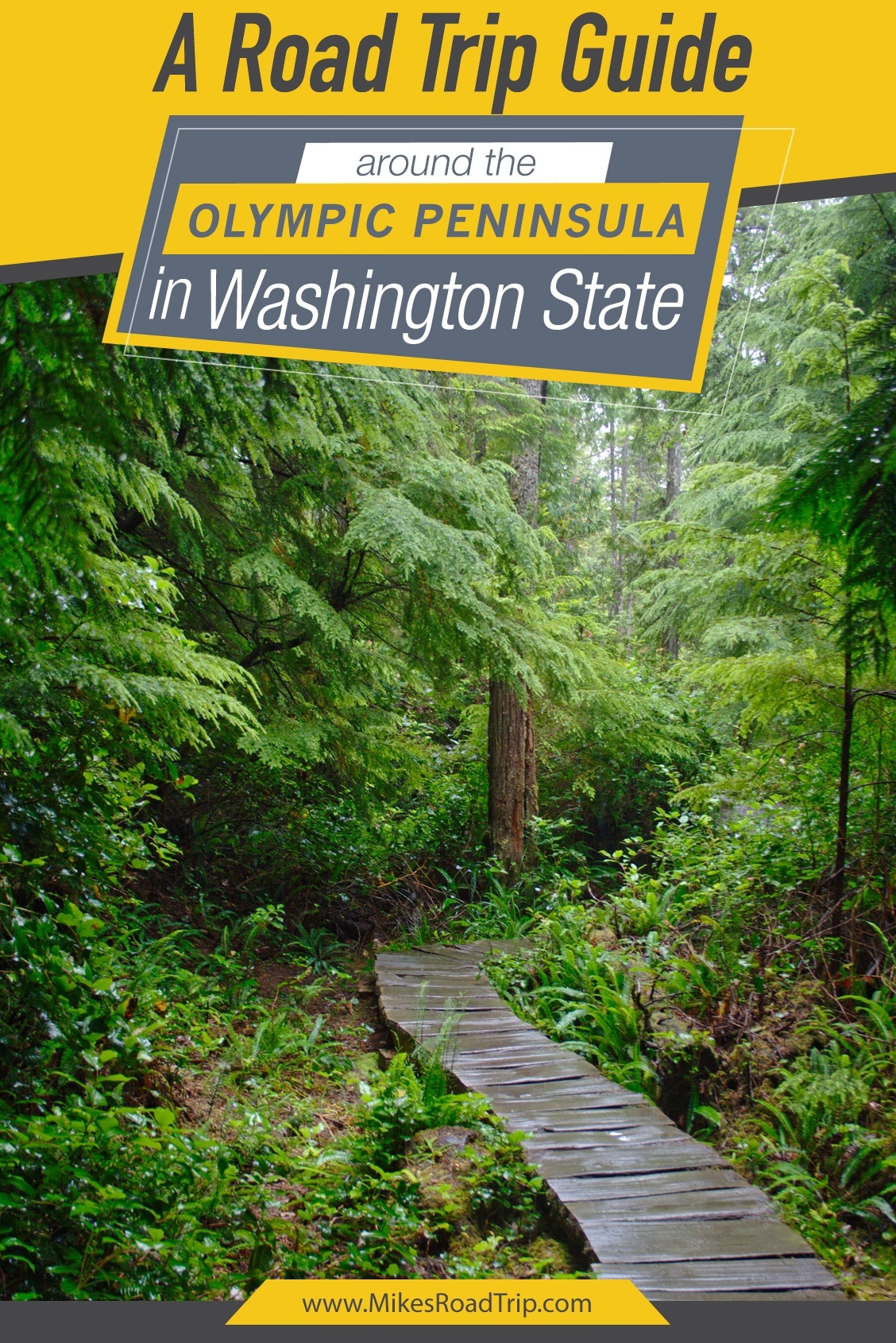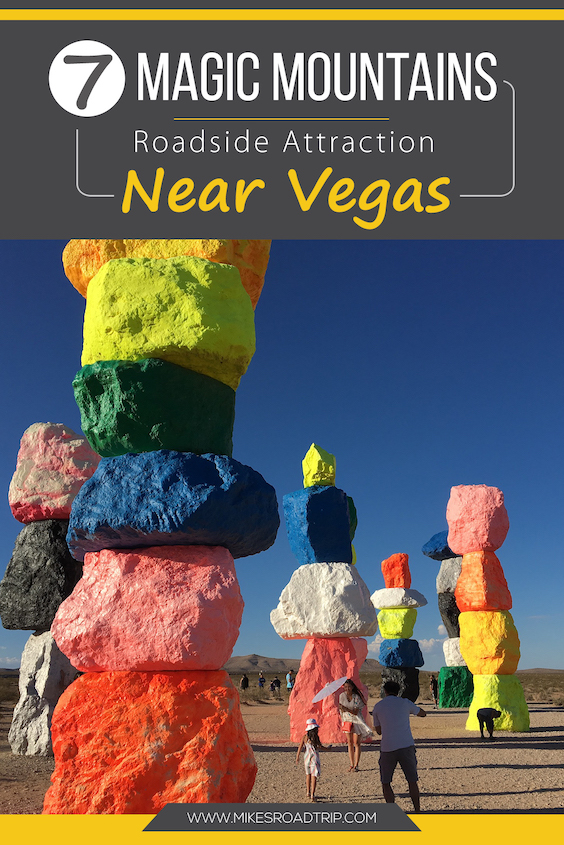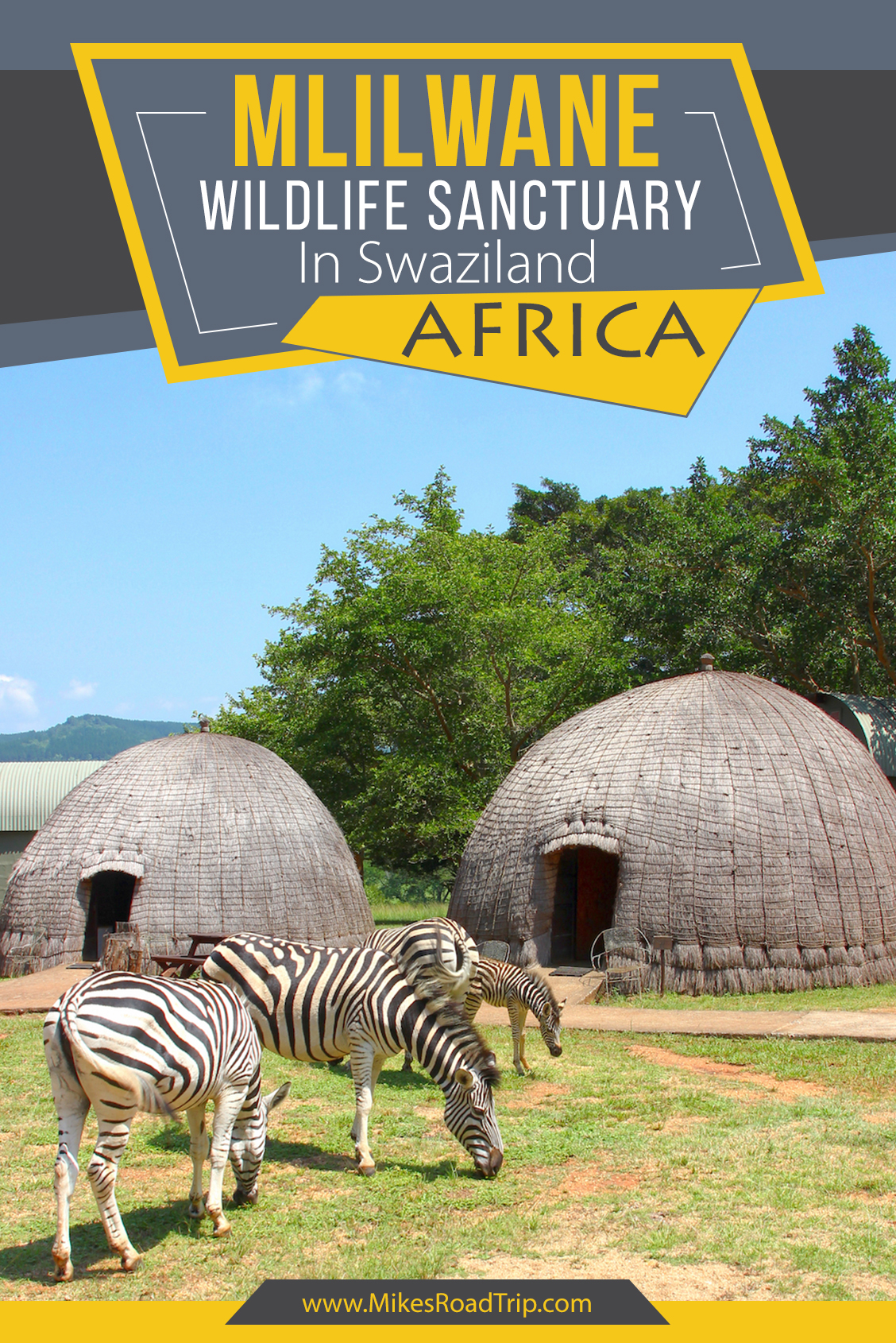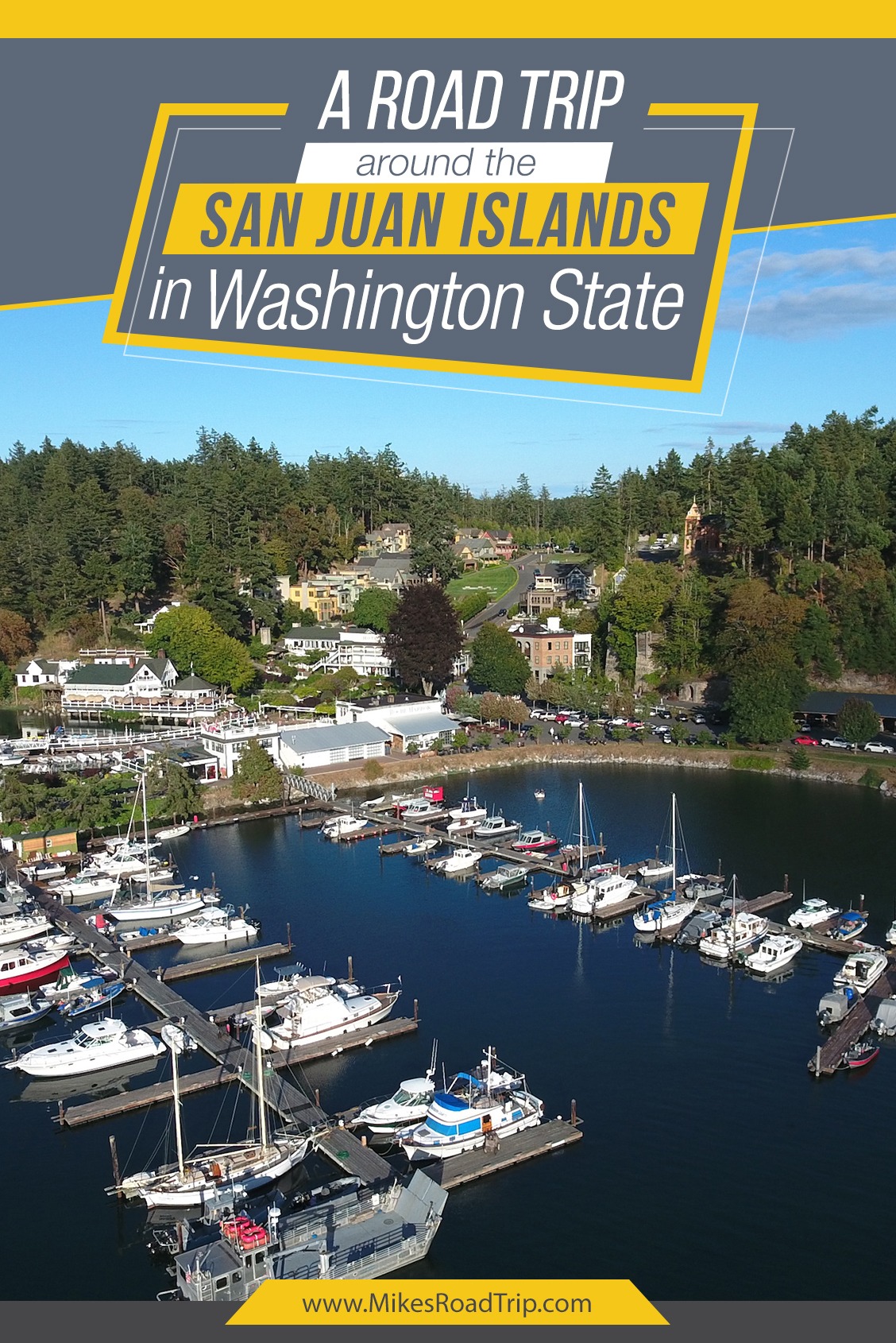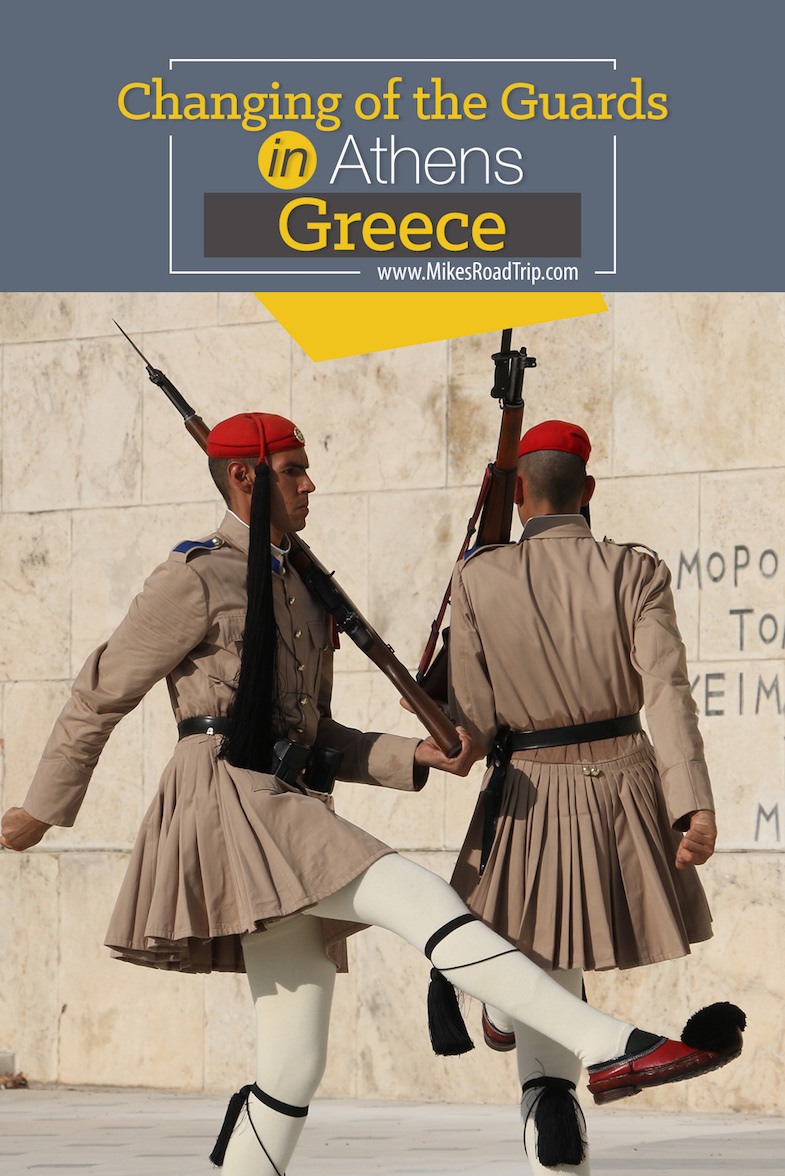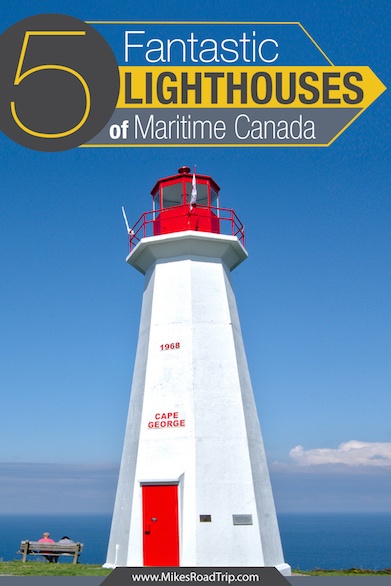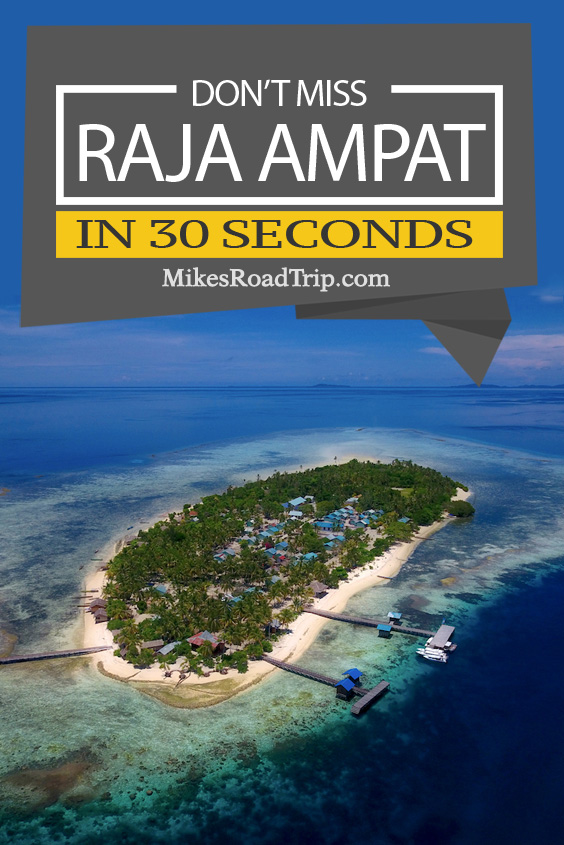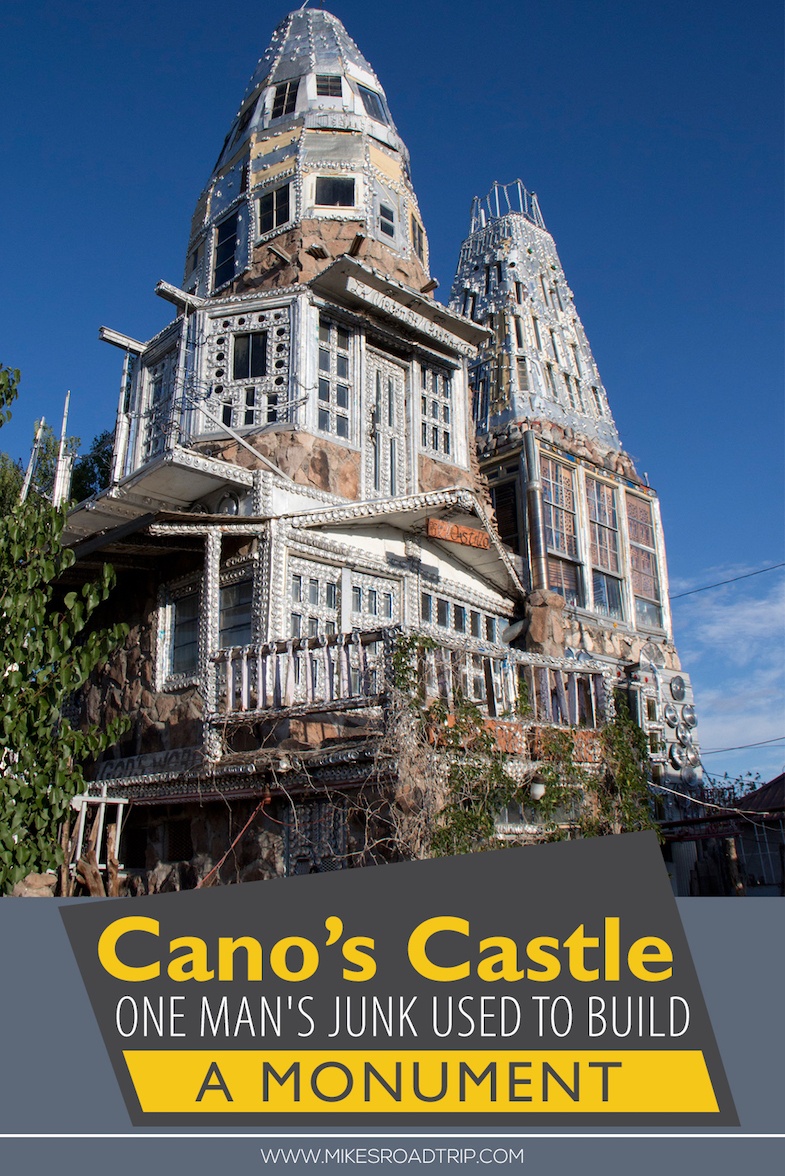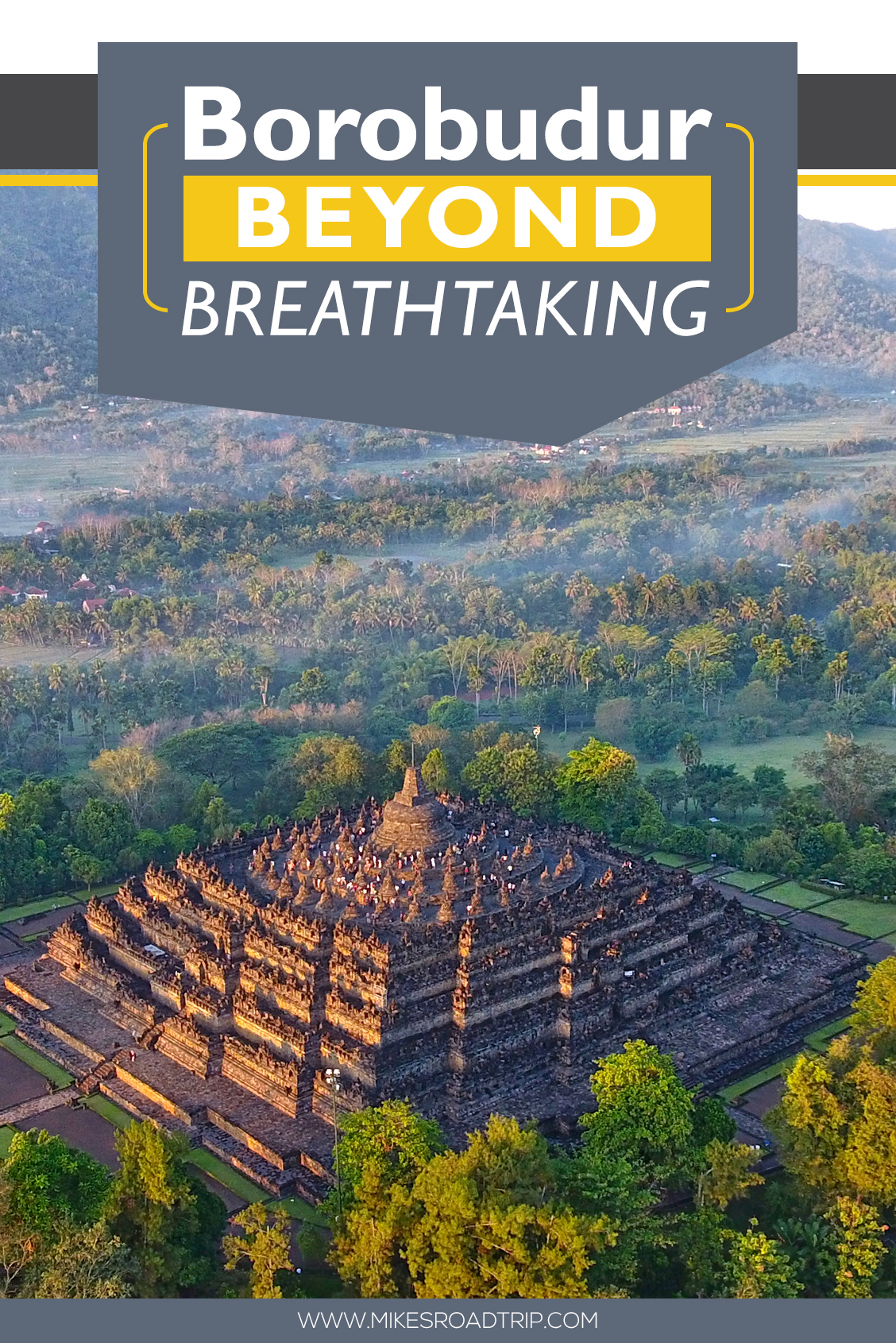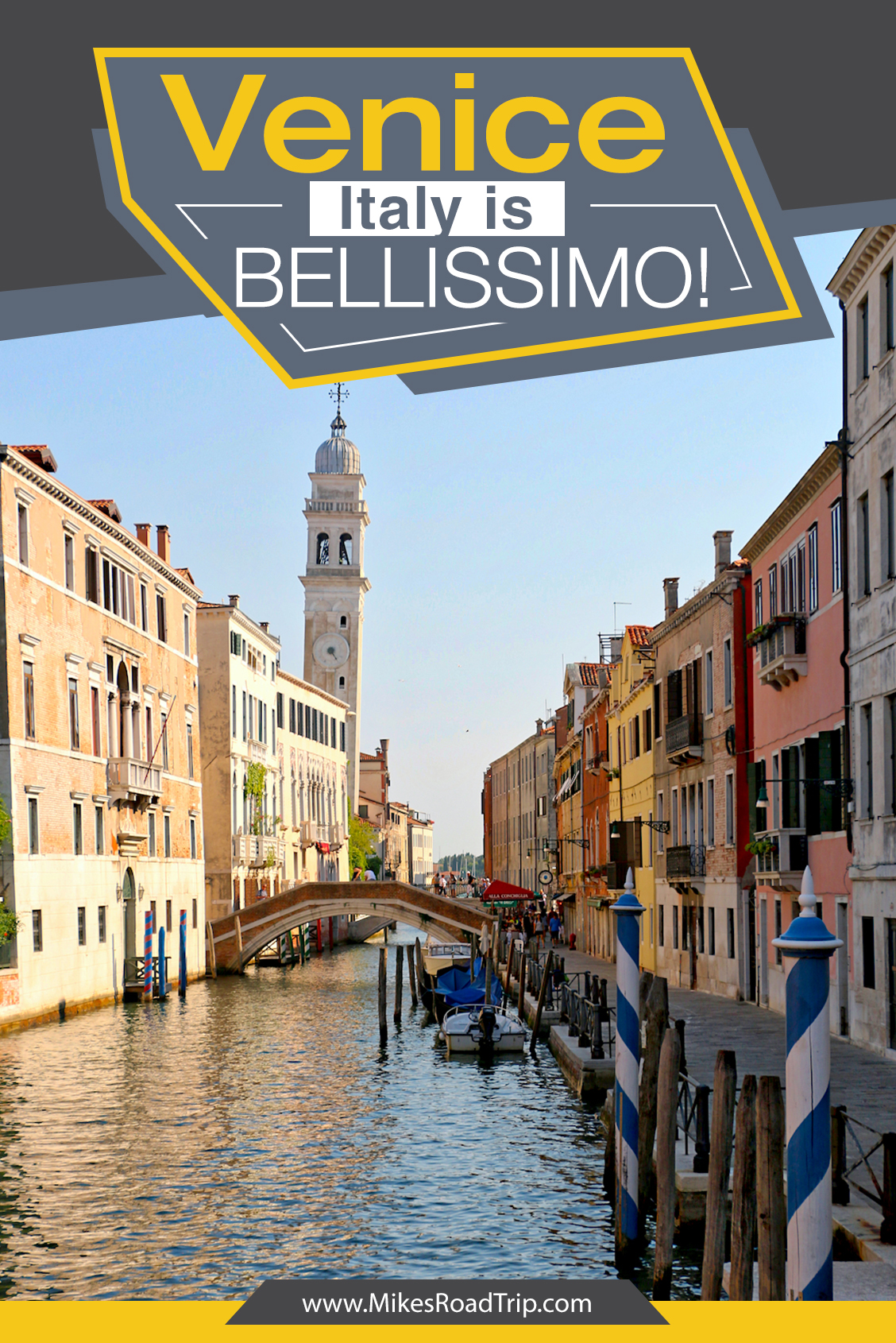A Journey Through Time: Experiencing Central Europe on a Viking River Cruise
Cruising through the enchanting landscapes and charming cities of Central Europe, Viking River Cruises offers an unparalleled travel experience. From the historical streets of Budapest to the picturesque canals of Amsterdam, the Budapest to Amsterdam itinerary showcases the rich cultural heritage and breathtaking beauty of the region. This article will take you on a journey through time as I share some of the highlights of this captivating Viking River Cruise through Central Europe.
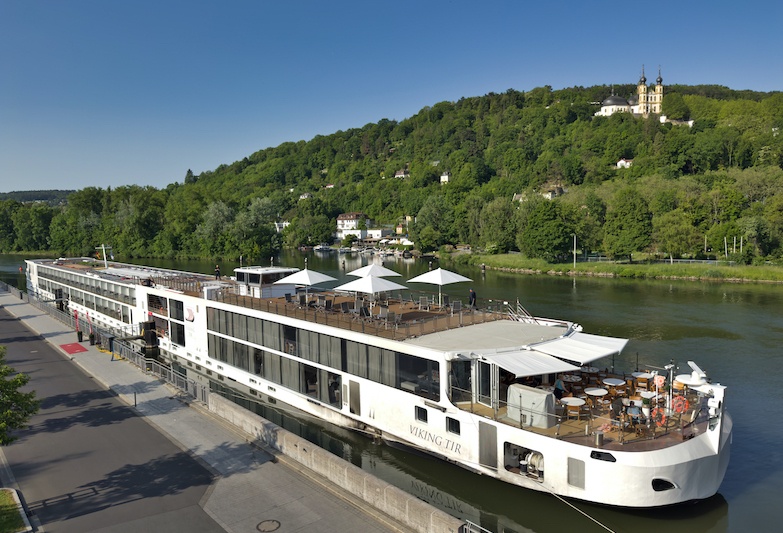
Budapest: The Pearl of the Danube
Our journey began in the captivating city of Budapest, often referred to as the “Pearl of the Danube.” Straddling the mighty Danube River, the city is divided into two parts: Buda and Pest. With a history that dates back over a thousand years, Budapest offers visitors an array of architectural marvels and cultural experiences.
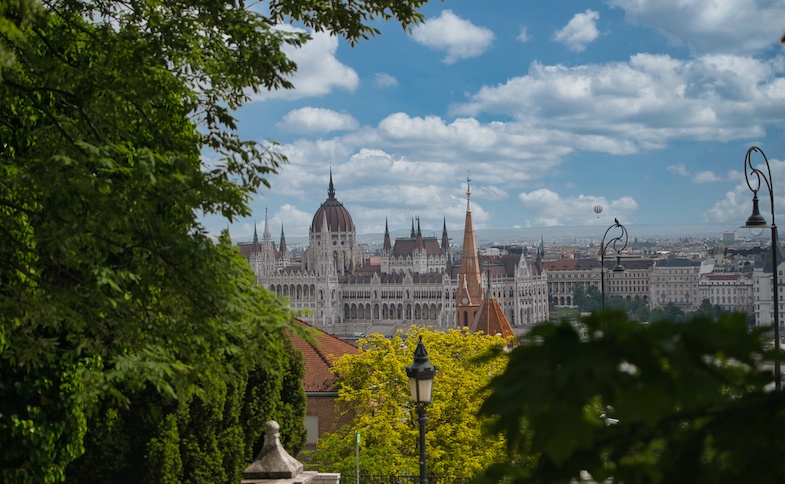
We opted for a cruise extension in order to have more time to explore Budapest. We arrived a couple of days before the Viking Tir ship and stayed at the New York Palace Hotel. From the moment I step into the lavish lobby, it becomes clear that this was more than just a hotel—it is a historical landmark steeped in grandeur, elegance and the fascinating narrative of a bygone era. A highlight was the unforgettable dining experience at the hotel’s famed New York Café. The café is a feast for both the eyes and the palate. Vaulted ceilings, crystal chandeliers and ornate frescoes offer a regal backdrop while you indulge in the rich culinary offerings.
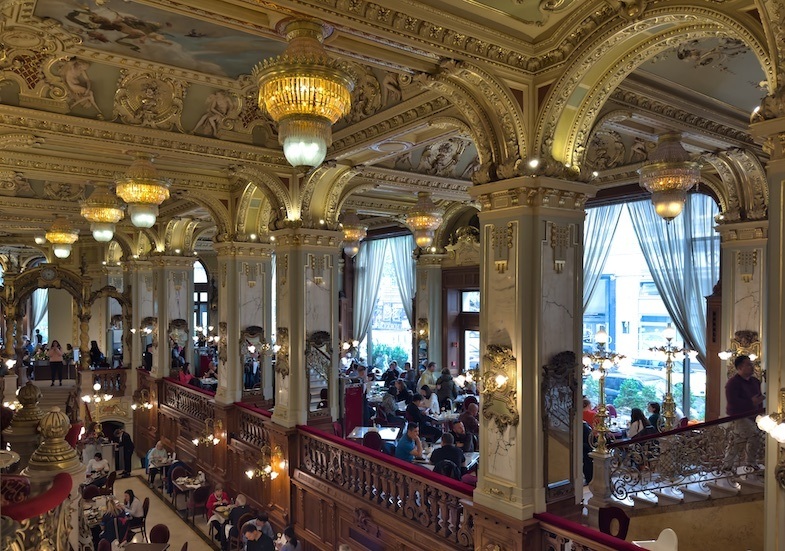
We had a couple of Viking tours arranged, but also had time on our own to explore the city, which struck a nice balance. We explored parts of Buda Castle on our own, as well as in one of our tours. Perched atop Castle Hill, Buda Castle is one of the city’s most iconic landmarks in the city. This UNESCO World Heritage Site was once the residence of Hungarian kings and now houses the Hungarian National Gallery and the Budapest History Museum. A visit to the castle is incomplete without a leisurely stroll through the Castle District, where you can marvel at the colorful Baroque and Gothic buildings.
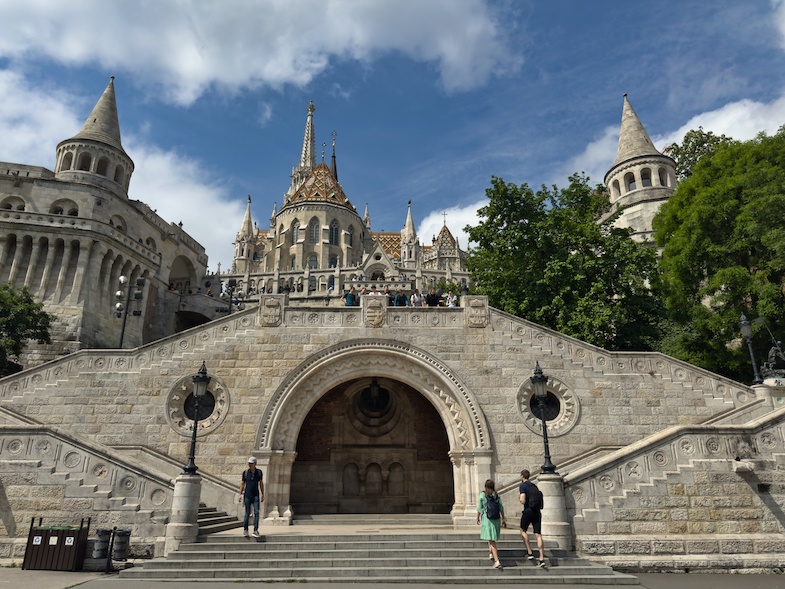
Climbing aboard the historic Buda Castle Funicular is a fun way to get to the top of the hill. As the antique car begins its ascent from the foot of Chain Bridge, a picturesque panorama of Budapest begins to unfold. The funicular, running steeply up Castle Hill, provides an enchanting journey into the city’s history. Ascending through lush greenery, you reach Buda Castle, with views of the Parliament building on the Pest side of the city.
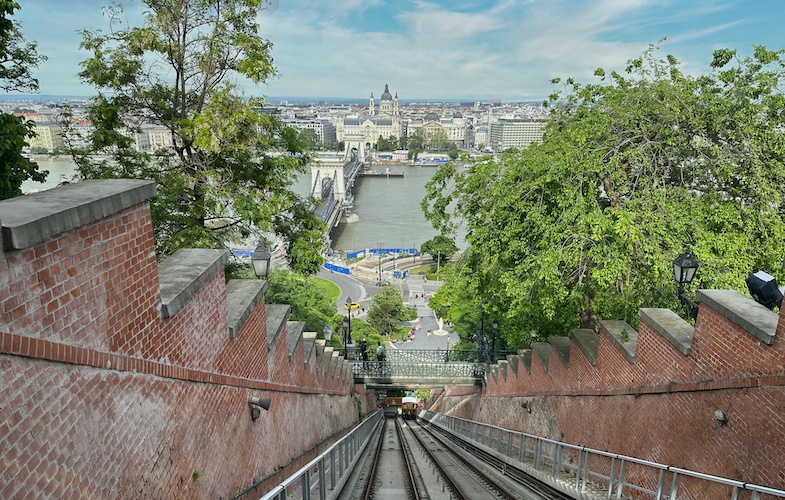
Here are a few more highlights from Budapest:
- Hungarian Parliament Building: One of the most beautiful parliament buildings in the world, it sits on the banks of the Danube River.
- St. Stephen’s Basilica: This is the largest church in Budapest, and it offers an impressive panoramic view of the city from its dome. The basilica is also home to Hungary’s most sacred relic: St. Stephen’s mummified right hand.
- Széchenyi Thermal Bath: Europe’s largest medicinal bath, sourced from natural thermal springs.
- Heroes’ Square and City Park: Here we found statues of Hungarian leaders, the Museum of Fine Arts and the impressive Vajdahunyad Castle.
- Fisherman’s Bastion: This is one of the best spots for panoramic views of the city. It’s a fairy-tale-like fortress with seven towers representing the seven Magyar tribes that founded Hungary.
- Margaret Island: Located in the middle of the Danube River, this island is a great place for outdoor activities.
- House of Terror Museum: This museum serves as a chilling reminder of Hungary’s difficult past, focusing on the fascist and communist regimes. The building was the former headquarters of the secret police of both the Nazi and Soviet times.
- Great Market Hall: This three-story market offers a variety of vendors selling everything from fresh local produce, spices, and meats to Hungarian arts and crafts. It’s also a great place to try traditional Hungarian street food like Langos.
While in Pest, be sure to indulge in the city’s culinary delights, such as traditional Hungarian goulash or chimney cake, as you explore the city’s vibrant streets. One restaurant I would recommend is TATI Farm to Table, which is very close to the New York Palace Hotel.
Central Europe River Cruise to Vienna: The City of Music
After a few days in Budapest we finally boarded our ship, which was called Viking Tir. It was an exciting day, and one of the best parts was the fact that we would only have to unpack once. We set sail late in the afternoon to clear skies. It was fantastic to be in the middle of the river and seeing the glorious city of Budapest pass by while we observed from the sundeck.

As our cruise continued along the Danube River, we arrive in Vienna the next day. Vienna is know as the “City of Music” as it is steeped in history with significant contributions to classical music and opera.
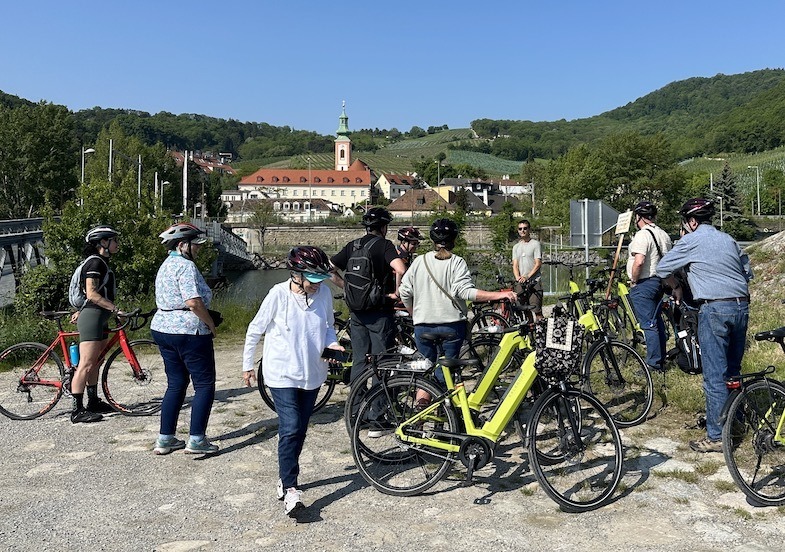
Each day Viking has an included excursion, but on this stop I opted for an optional excursion to take an e-bike ride into the countryside. Our guide took us through the outskirts of town where we went through a couple of incredible parks, including The Danube Island park, which is about 15 miles long, full of bike trails and a host of recreational opportunities. We also explored the park surrounding the Danube tower.
After my tour I had several hours before the ship would set sail, so I took the subway into the city center to explore a bit on my own. I had been to Vienna a couple decades earlier and really wanted to see St. Stephen’s Cathedral again. I also stumbled onto Burggarten Park, an incredible sanctuary within the city center. Another one of Vienna’s famous landmarks is the magnificent Schönbrunn Palace. This former imperial residence boasts 1,441 rooms and has stunning Baroque architecture.

The Wachau Valley: Krems and Melk
Early that evening we set sail once again. As the Viking River long ship glided through the Wachau Valley, a UNESCO World Heritage Site, we were treated to the picturesque scenery of terraced vineyards and quaint villages. Our first stop in the valley is the town of Krems, where the 11th-century Göttweig Abbey dominates the landscape. This Benedictine monastery is renowned for its Baroque architecture, extensive art collection, and stunning views of the Danube River.
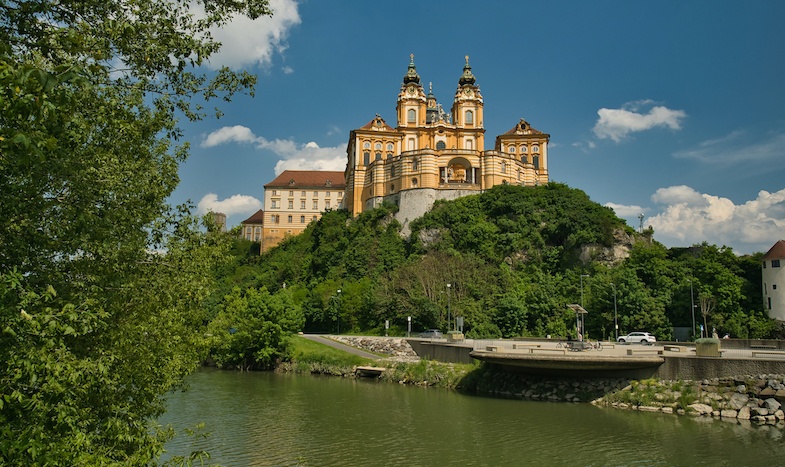
Next, we journeyed to the charming town of Melk, home to the magnificent Melk Abbey. Perched on a rocky outcrop, this Baroque masterpiece houses an impressive library and an opulent church adorned with frescoes and gold accents. The Wachau Cultural Landscape surrounding Melk Abbey offers a serene setting for a leisurely stroll through terraced vineyards and the quaint village.
Passau: The City of Three Rivers
Our next stop was to Passau, the “City of Three Rivers.” Located at the confluence of the Danube, Inn, and Ilz Rivers, Passau is a picturesque Bavarian town with a rich history dating back to Roman times.

The crown jewel of Passau is St. Stephen’s Cathedral, a wonderful example of Baroque architecture. The cathedral houses the world’s largest cathedral organ, with 17,974 pipes and 233 stops, creating a powerful and unforgettable sound during daily concerts (which we attended, the fee is just 5 Euro). We also explored the charming Old Town, with its narrow streets, pastel-colored buildings, and charming squares.
On this day I took the morning included excursion (a walking tour), and then in the afternoon I went on and a glorious e-bike ride to the outskirts of town (an optional tour). We ended up doing a big loop that took us through a forest and over a bridge back into Austria where we had some refreshments before heading back along the embankment of the Inn River. I also visited the Veste Oberhaus, a 13th-century fortress that overlooks the city. The fortress offers spectacular views of Passau and the surrounding rivers, as well as a fascinating museum that details the history of the region.
Central Europe River Cruise to Regensburg: A Medieval Gem
As we continue along the Danube, we arrive in Regensburg, one of Germany’s best-preserved medieval cities. With over 1,500 listed buildings, the city is a treasure trove of architectural delights and is designated UNESCO World Heritage Site.

One of Regensburg’s most iconic landmarks is the Stone Bridge, a 12th-century engineering marvel that spans the Danube River. Nearby, you’ll find St. Peter’s Cathedral, another Gothic church with intricate stained-glass windows and towering spires.
We took some time to explore Regensburg’s cobblestone streets, where we found a mix of charming cafes, boutique shops, and historic buildings.
Nuremberg, Bamberg, and Würzburg: A Taste of Bavaria
Our Viking River Cruise continued through the heart of Bavaria, with stops in Nuremberg, Bamberg, and Würzburg, all of which were incredible places.
In Nuremberg, we immerse ourselves in the city’s rich history as we explored the medieval Imperial Castle, which was once a residence for German emperors. The city’s Old Town, with its timber-framed houses and cobblestone streets, offering a charming atmosphere for a leisurely stroll.
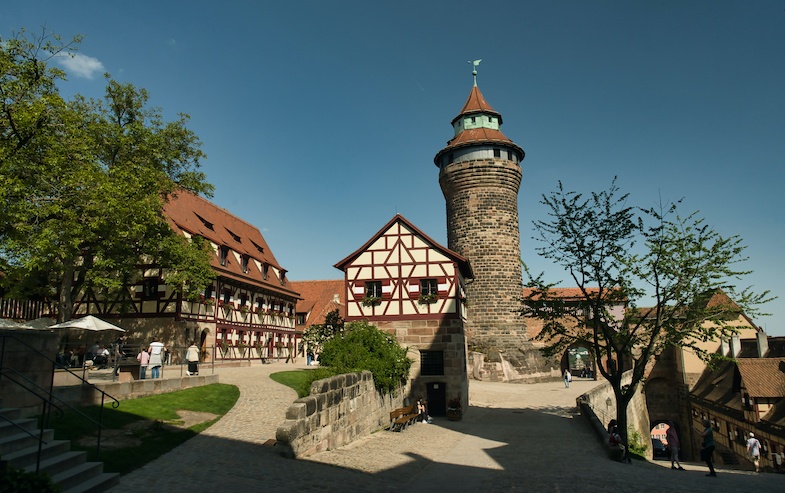
Bamberg, was yet another UNESCO World Heritage Site, it is often referred to as the “Franconian Rome” due to its unique geography and architectural splendor. The Bamberg Cathedral and the picturesque Old Town Hall are must-see attractions, as well as the historic quarter known as “Little Venice,” with its canals and half-timbered houses.
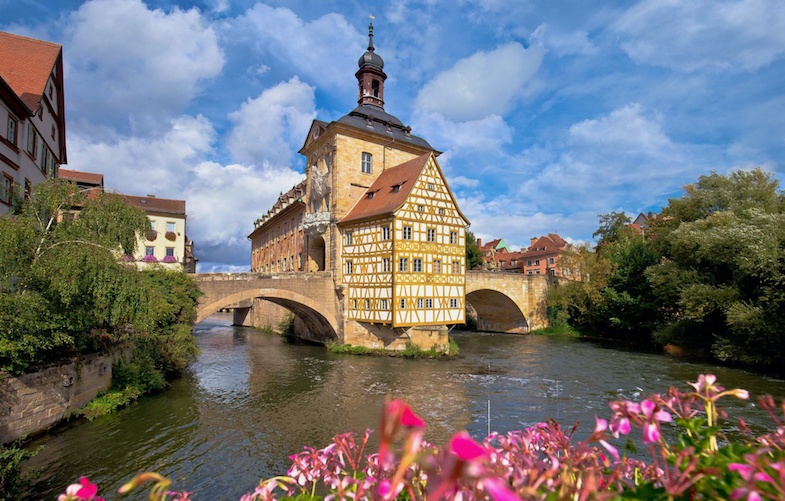
In Würzburg, we saw the opulent Würzburg Residence, a UNESCO World Heritage Site. This Baroque palace is home to the world’s largest ceiling fresco and offers visitors a glimpse into the extravagant lifestyle of the city’s former rulers. The Marienberg Fortress, perched on a hill overlooking the city, provides stunning views and a fascinating insight into Würzburg’s history. The walk to the fortress takes you through a forest, old passageways, a bridge over the mote and more. It was one of the highlights of the trip for me.
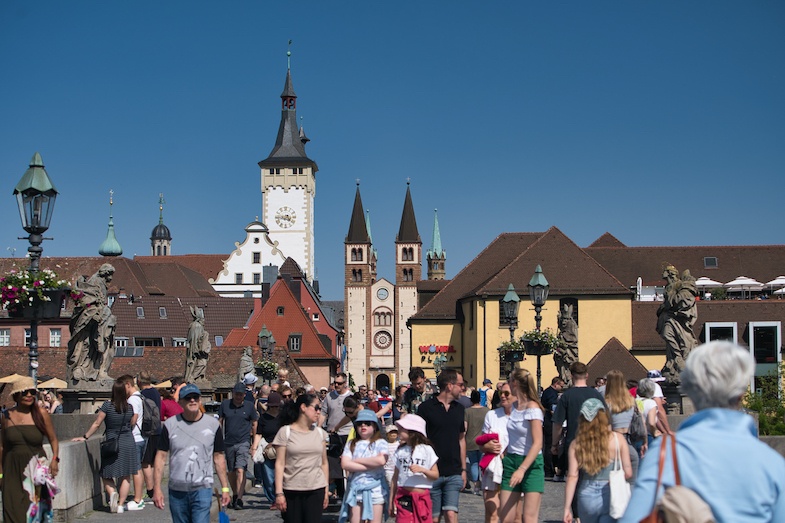
While most people went on included or optional excursions, I took every opportunity to do some exploring on my own as I just love that sense of discovery.
That evening on board the ship, we had a special presentation…a glass artist from Wertheim, our next stop of the journey. This artist did a demonstration and gave us some history on the glass industry in Wertheim.
The Timeless Charm of Wertheim
As we sail along the Main River, our next destination was Wertheim, a historic and picturesque setting famous for its contribution to the glass industry.
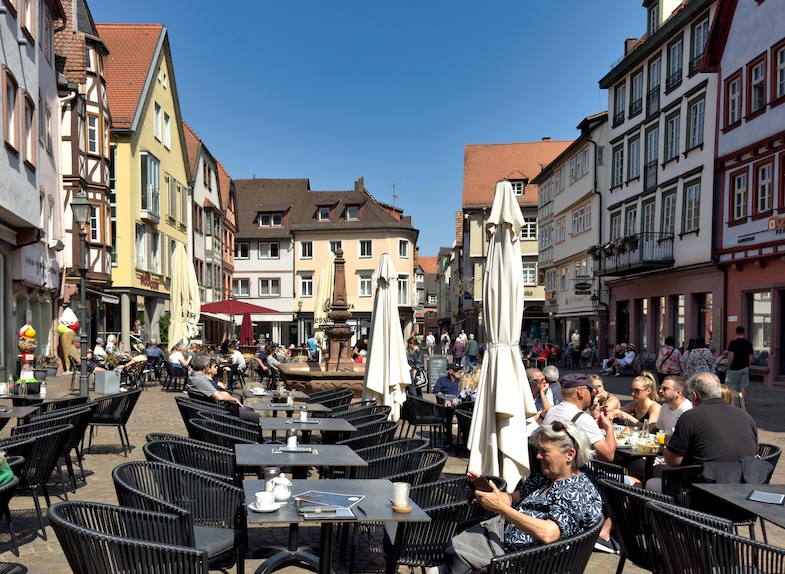
The imposing Wertheim Castle overlooks town, offering fascinating insight into the region’s history, along with stunning views of the surrounding landscape. I took one of the optional tours, a hike to the very top of the castle, as well as a tour of town. In addition to the amazing 360 degree views from the watch tower, there was also a concert going on in the amphitheater.
The Glass Museum and the many glass galleries showcases the town’s glassblowing heritage and offers visitors a chance to try their hand at this ancient craft. It was also one of those rare time where I actually bought some gifts and souvenirs to take home.
The Romantic Rhine: Marksburg, Koblenz and Cologne
After 10+ days and quite a long distance navigating upstream along the Danube, The Main and some other waterways, we finally entered the legendary Rhine River, where castles, vineyards, and charming villages line the riverbanks. It was absolutely spectacular to have a front row seat atop the sun deck of our Viking river boat to see this extraordinary landscape as we slowly floated by.
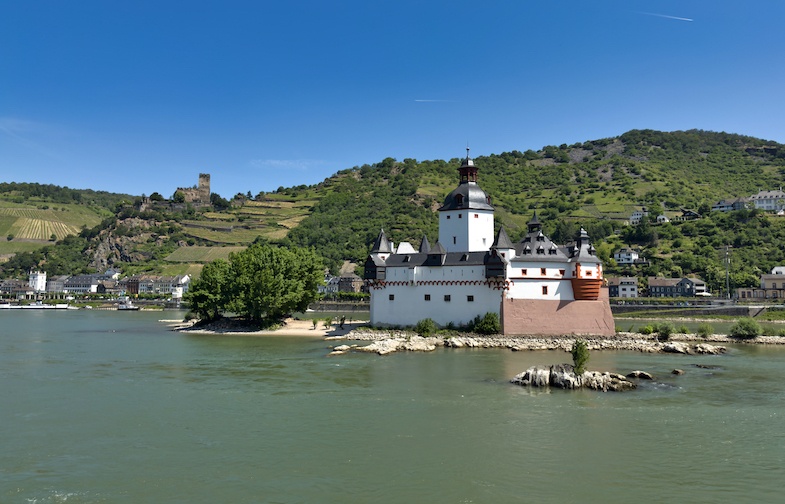
Our first stop was a tour of the Marksburg Castle. Perched high above the Rhine River, Marksburg Castle is a captivating testament to medieval architecture, the only hill castle in the Middle Rhineland that has never been destroyed. Its imposing fortifications and historic interior, replete with authentically furnished rooms, offer a vivid journey back to the Middle Ages, while its commanding position provides sweeping, panoramic views over the serpentine course of the Rhine below.

Just a little farther down river we stopped in Koblenz, which is situated at the confluence of the Rhine and Moselle rivers. One of Koblenz’s most famous landmarks is the Deutsches Eck, where a monumental equestrian statue of Emperor Wilhelm stands guard over the rivers. One of my regrets in Koblenz is that I did not venture to the Ehrenbreitstein Fortress before 8pm, which is when the cable car that services the fortress, closes. Instead, I went for a long walk around town, then had dinner on board the ship. By the time I was ready, the cable car had already shut down for the day. I have no doubt this scenic cable car, which was positioned right where the Viking Tir was docked, would have been quite the experience.
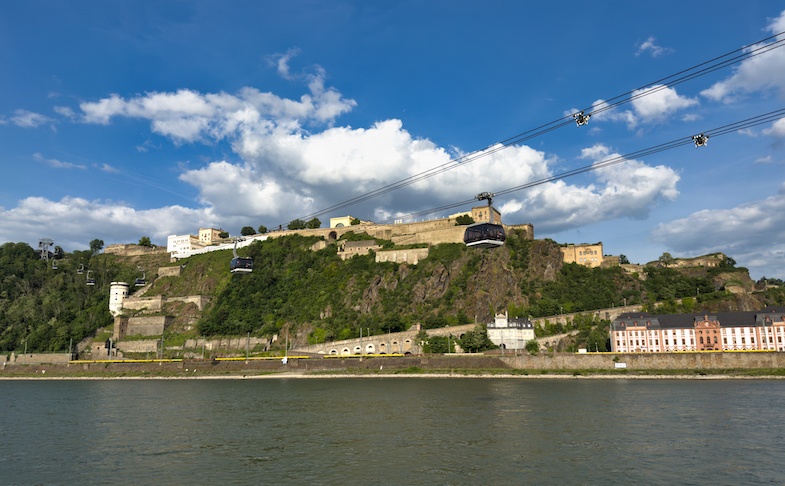
Cologne, our next destination, is a city steeped in history and home to one of the most famous cathedrals in the world. The Cologne Cathedral, a UNESCO World Heritage Site, a structure that too nearly 700 years to build. This masterpiece of Gothic architecture houses the Shrine of the Three Kings, a gold sarcophagus said to contain the remains of the Magi.
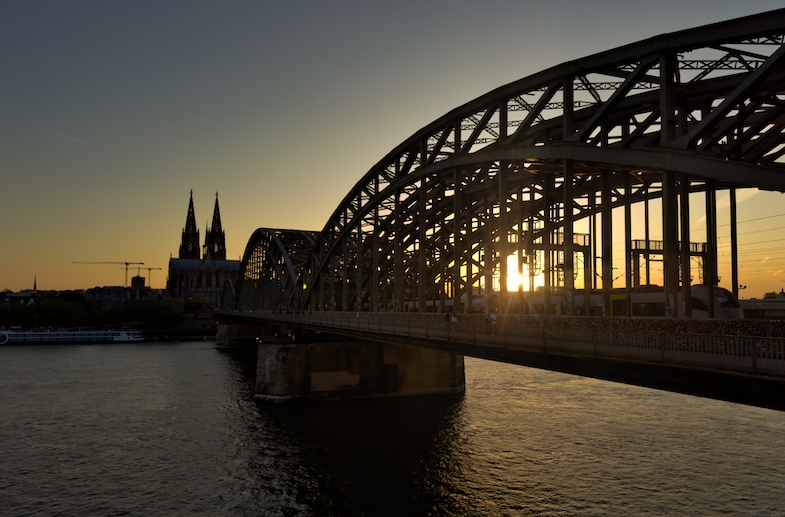
While in Cologne, I also strolled across the Hohenzollern Bridge, adorned with tens, if not hundreds of thousands of love locks.
The Netherlands: Windmills and Wonderment
Our Viking River Cruise was waning, but we had one enchanting country left, the Netherlands. Our first, and really only stop was the UNESCO World Heritage site know as Kinderdijk, famous for its iconic windmills. These beautifully preserved windmills were constructed in the 18th century to manage water levels and prevent flooding. Our visit to the windmills included a walking tour to one of the working windmills and a glimpse into the lives of the millers (windmill operators) who once inhabited them.
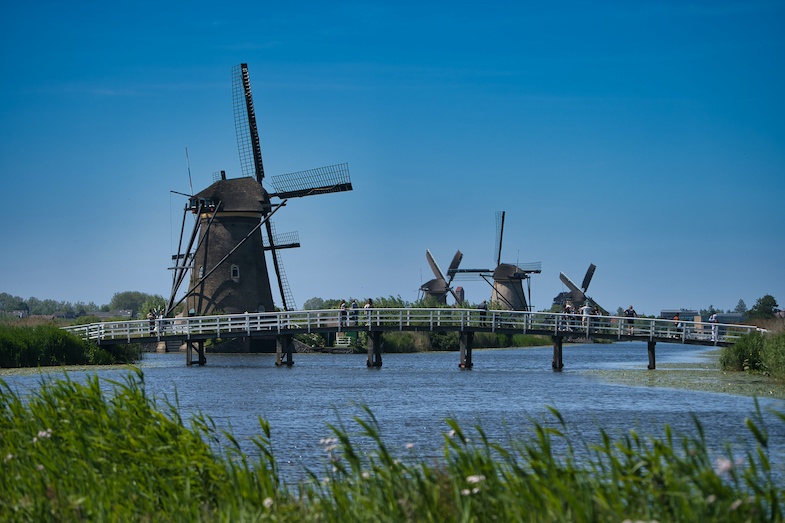
Our cruise concluded in the vibrant city of Amsterdam, unfortunately, we arrived early in the morning and had to catch our flight home. Had we paid closer attention to the itinerary, we would have opted for an extension. I believe that if you go from Amsterdam to Budapest, you would have a bit of time in Amsterdam, but none in Budapest, unless of course you opt for an extension.
Holland was the very first European country I visited, which was in the mid-90s, I was disappointed not to have the chance to peruse the city’s picturesque canals, historic buildings, and world-class museums, but that just means I’ll have to plan another trip to the region one day soon.
Food and Service on board Viking River Cruises
Everyday we received three amazing chef-prepared meals, each with several choices. As a self-proclaimed foodie, I was quite impressed with the quality and variety of the dishes available, from local cuisine to dishes with more international inspiration. Beer and wine were included with lunch and dinner, while champagne (sparkling wine) was available in the mornings. There is also a full time coffee, water and tea station that always has some sweet treats available. As an early riser, I would often get a cup of coffee and a freshly baked croissant (equally as good as anything you’d get in Paris) and sit on the sun deck to see where we had landed for the day.
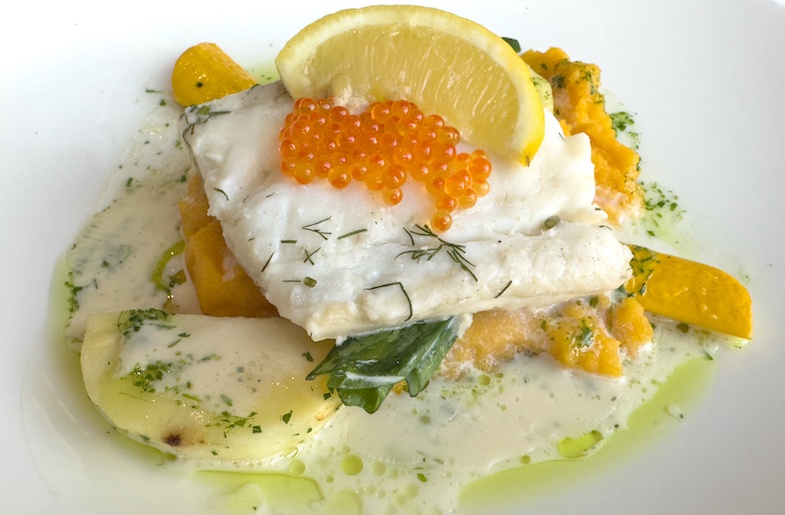
The service on board was also exceptional, every member of the crew was so very thoughtful, helpful and personable. Our housekeeper make sure our room was always spotless and refreshed with new towels, etc. Gavin, our cruise director, always make sure we were well informed for our tours and going in the right direction. Claudia, the hotel director, make sure each of her departments were running smoothly. I cannot say enough good things about both the food, service and quality of the tours on our Viking River Cruise.
This was my second Viking cruise, the first was on one of their Viking Vacation ocean cruises, which I continue to tell people about to this day as it was such a memorable experience.
That’s it from Central Europe on a Viking River Cruise
The Budapest to Amsterdam Viking River Cruise offers a unique and captivating journey through the heart of Central Europe. With its blend of history, culture, and natural beauty, this unforgettable voyage invites travelers to step back in time and immerse themselves in the enchanting landscapes and cities that line the banks of the Danube, Main, and Rhine rivers. From the architectural wonders of Budapest and Vienna to the charming towns of Melk and Marksburg, this itinerary showcases the very best of the region. As we concluded our journey, we are left with a treasure trove of memories and a deeper appreciation for the rich tapestry of Central Europe.

If you have any questions about a Central Europe Viking River Cruise, leave a comment below. So, until next time, we’ll see ya on the road…




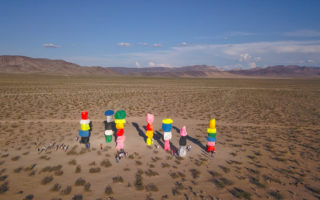
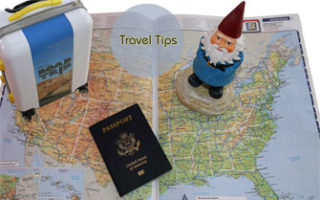


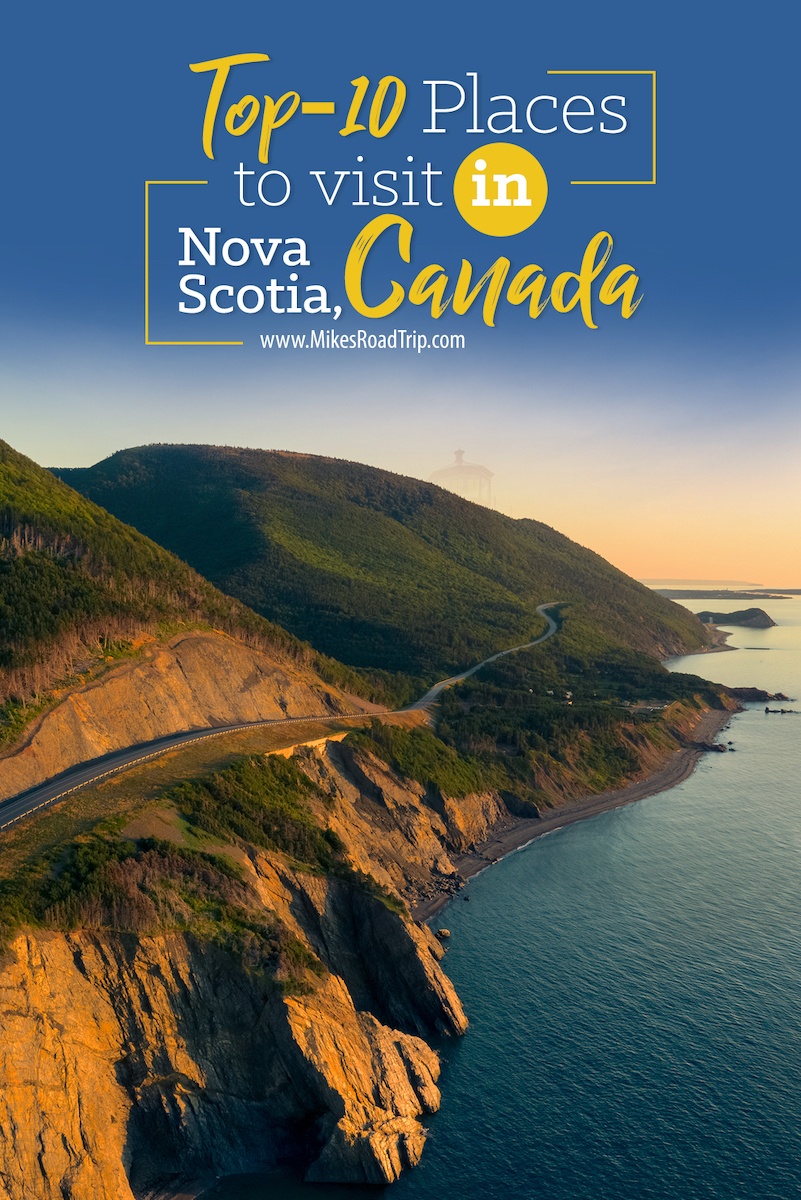
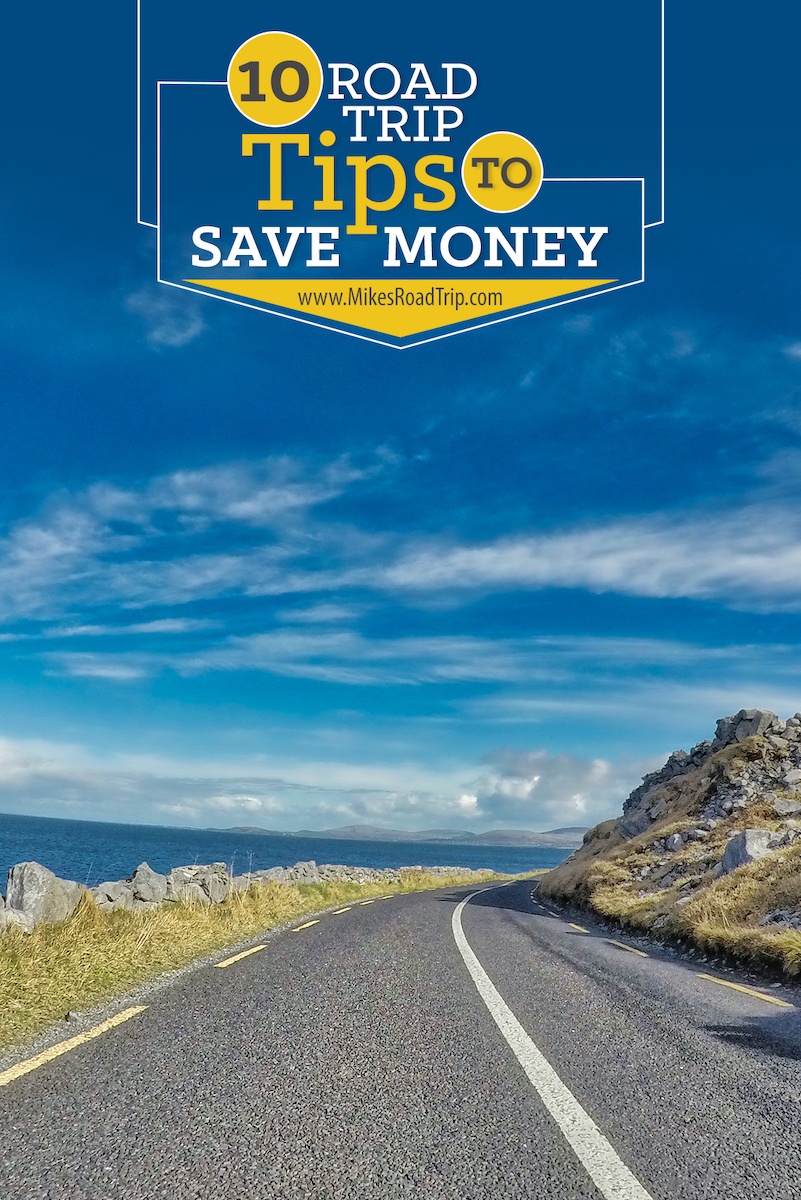
![Top-5 Best Places to visit in Belgium beyond Brussels [video included]](https://mikesroadtrip.com/wp-content/uploads/2020/07/Pin-6b.jpg)
![Top-10 Most Interesting Facts about Arizona [Video Included]](https://mikesroadtrip.com/wp-content/uploads/2020/07/Pin-2.jpg)
